Formal In Formal
A Research About The (In)Formal Aspects In Art
Thesis
What I want to proof is, behind any ever so freely gestural painting and construction, whatever appears totally randomized, a mathematical reproduceable structure is underlying.
Behind any informal aspect there is a formal one.
Often informal art is seen as an counter part of formal art.
Formal art is called structured, well thought, highly calculated, emotionless, boundary.
Informal art seems to be therefore free flowing gesture, explosive improvisation, over emoting, expression of the unconscious, liberating.
Yet formal art investigates the expression, the emotional value of colours and shapes. For example in Josef Albers work one can see a lot of free stroke texturing, the varying thickness, density of the colours. This is an informal structure in a precisely research. In the work of lot of (American) abstract expressionist, one observes the formal structure, but the informal gesture, although both are calculated, the composition and the artefacts of the making process. If you compare this with the scratchings of Hans Hartung only the potential forces used to create the impact of the canvas seems to be higher for H.H.. The lines can be seen as a formal inscription. The drippings of Hartung are even less intense compared to Jackson Pollock’s ones. Both do centring them into knots, lines, shapes.
Certain aspects of art are always formal. Even the most freely art has the need of a form. The most chaotic system is still a system. Structure and chaos are just different levels of organisation, from the lower to the higher level.
metaphysics, subsconcious, surrealism as the source of the abstract expressionism,
cultural icons -> Malevich -> the cave of Chauvet -> Emil Schuhmacher

(sub)conscious references to long before prior art
automatic writing, as a formalised concept to visualise the (in)visible (Hilma Af Klint)
Is there a way of invisualisation - hiding the indentation of intent?
K(arl)O(tto)Götz
[iasl.uni-muenchen.de/links/GCA-III.2.html]{http://iasl.uni-muenchen.de/links/GCA-III.2.html)
de.wikipedia.org/wiki/Karl_Otto_G%C3%B6tz
wize.life/news/panorama/79956/kunst-verstehen-damals-studierten-bei-k.o.-goetz-heutige-weltkunststars
electronic super highway
The Experiments
- structured text sources as random input
- brush strokes
- freely randomized interpretation of squares
variation on the black square of Malevich - eight rectangles on two halfs
another free interpretation of a formal idea - rectangles over vertical and horizontal lines
1 structured text sources as random input
I am using a specific version of this text to generate all images (not the shemas), though maybe not final one.
The text as an input generates an array of numeric values between 0 and 255 according to their char value, which will be modified by 5 possibly larger numbers.
The final result of each call is a float between 0 and 1.
I developed this method first to use tweets as “random” input.
the experimental source code snippet
2 The Random Brush Stroke Shaping
This started all with some experiments in emulating the surface, painting of the Coloured Frame sculptures. Now I moved on from regular lines and frames to irregular ideas of squares painted with wildly strokes.
2.1 The 4x4 And 6x6 Textures
A blockchain, hyper ledger based self documenting image generator and 3d model selector, textureing 3d models automatically.
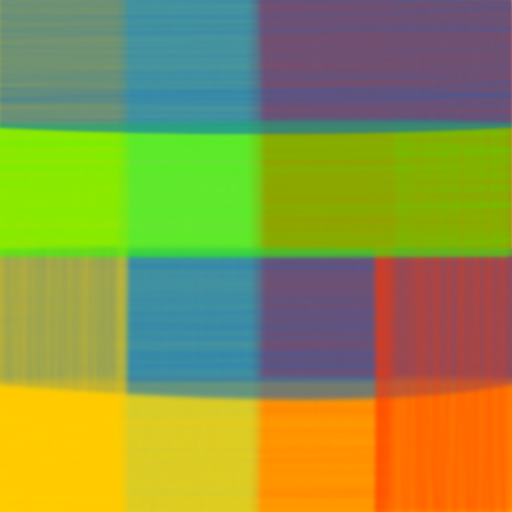 |
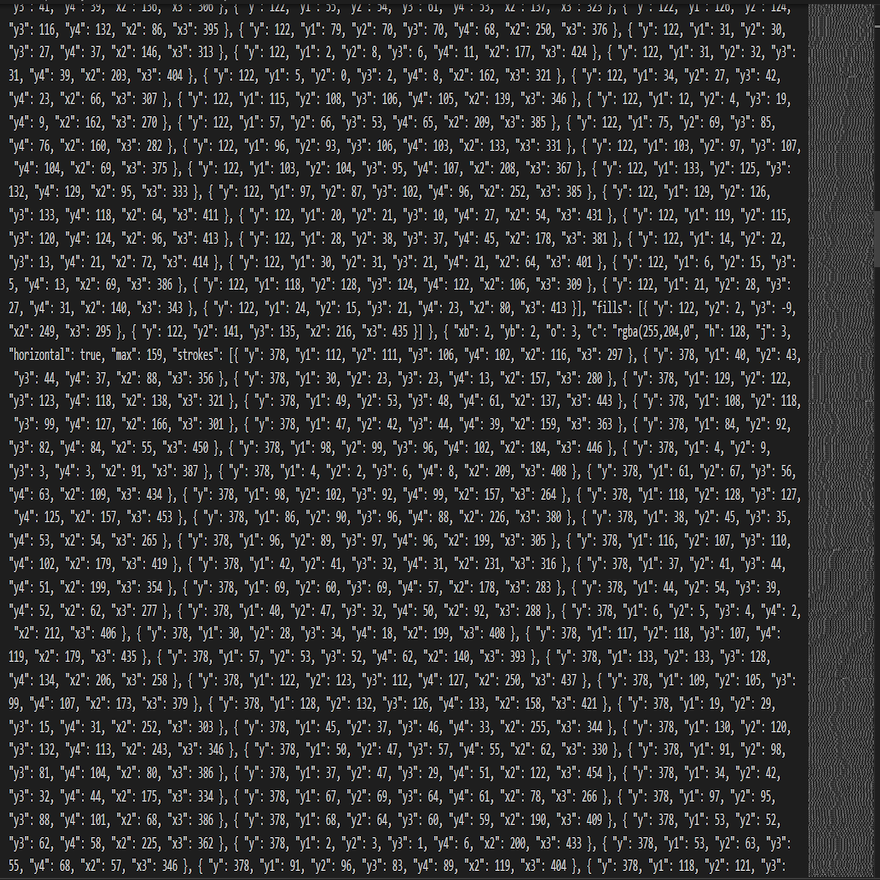 |
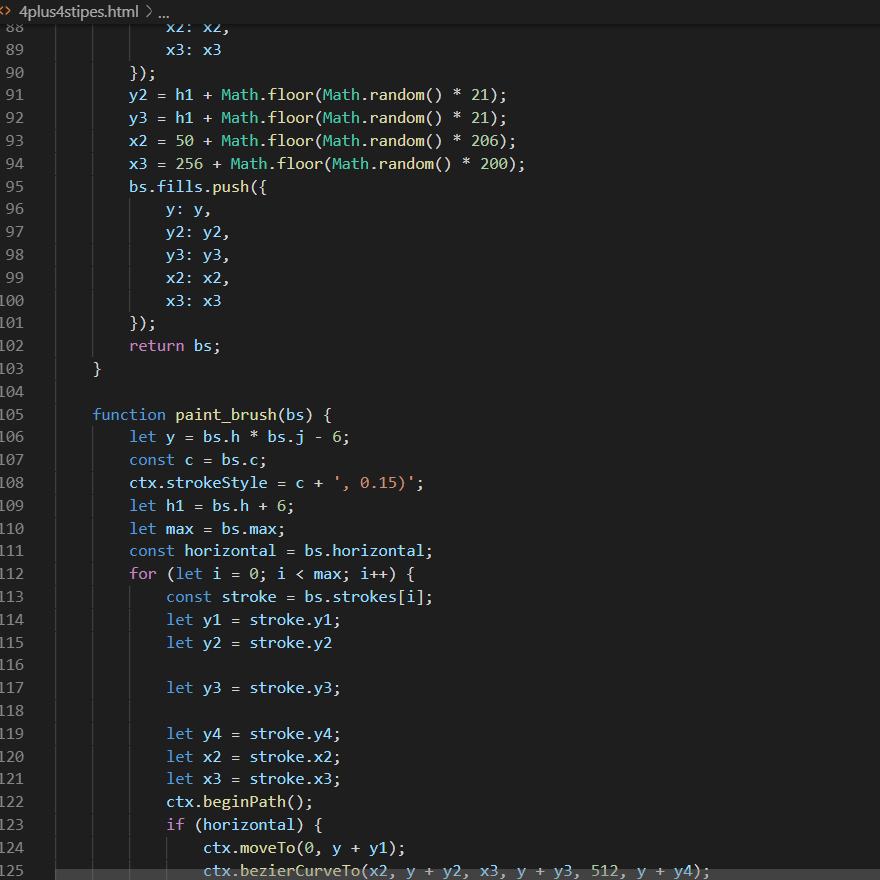 |
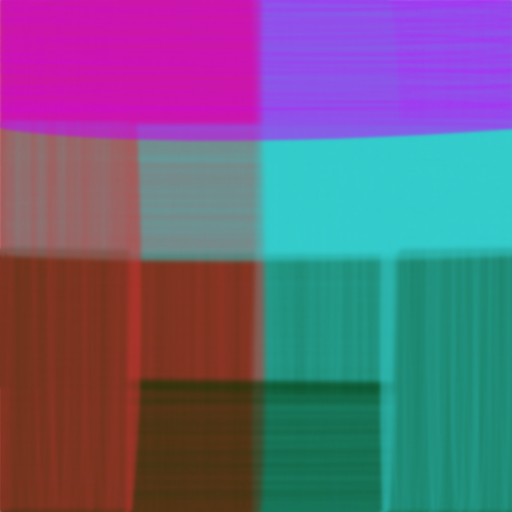 |
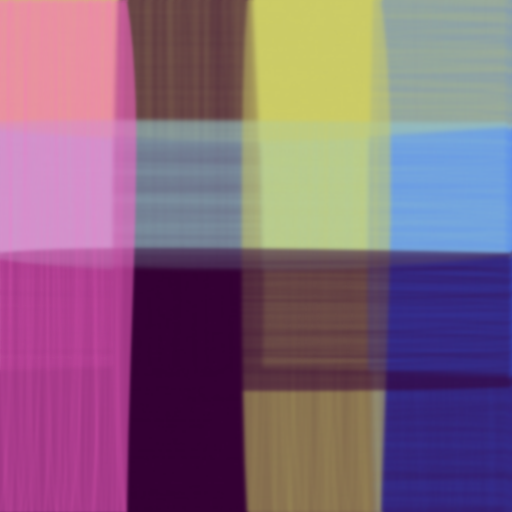 |
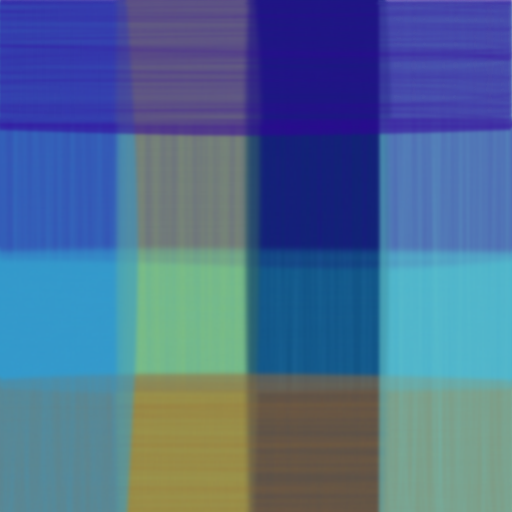 |
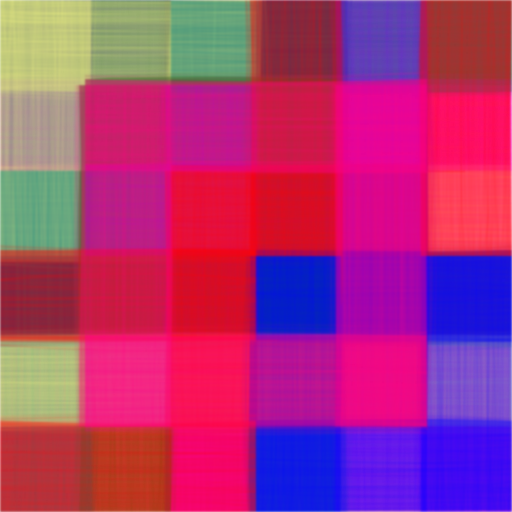 |
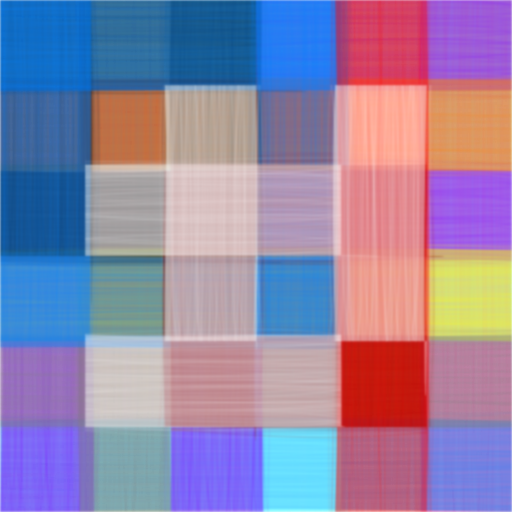 |
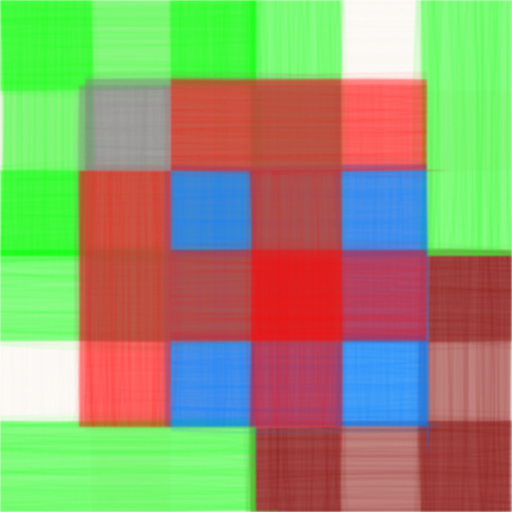 |
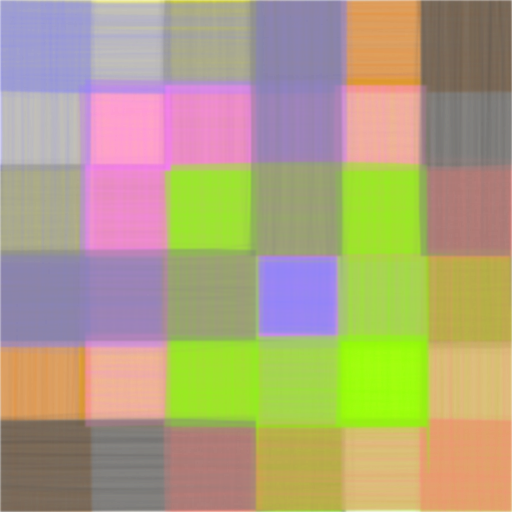 |
 |
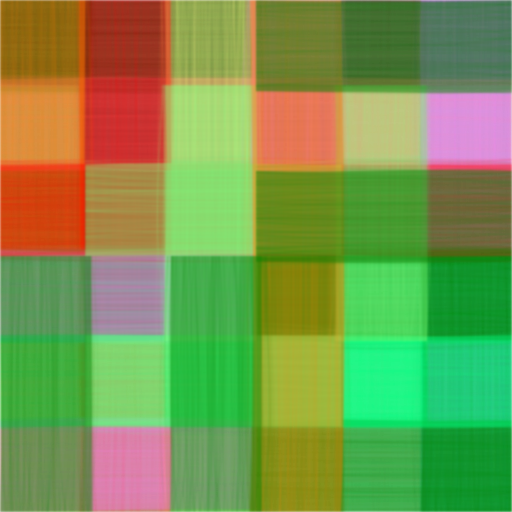 |
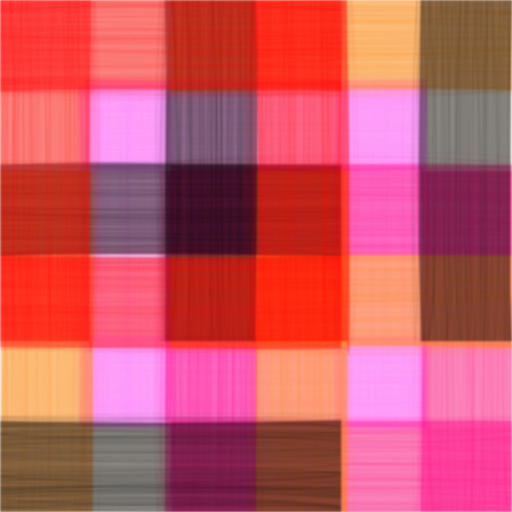 |
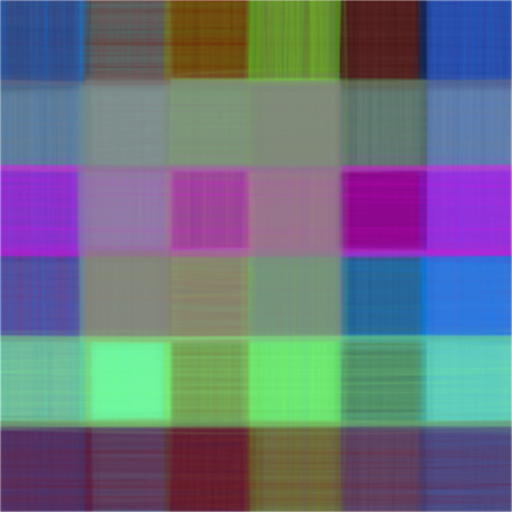 |
3 The Idea Of A Square
Freely randomized interpretation of squares on a square, which is a variation on the Black Square of Kazimir Malevich.
3.1 Brushstrokes (, Lines) and Squares
The flat brushes emulated with the sizes of 3, 4, 5cm with each centimeter is presented by 10 curvy lines.
Each square is painted by two colours, where the second colour like the first one, but no colour the same like the prior one.
The first colour represents “vertical” orientation, the second “horizontal”.
Vertical means between -45° and 45°, horizontal between 45° and 135°, starting with 0° on the top.
Randomly starts with either a horizontal or a vertical line, followed by the opposite orientation.
For each stroke the size varies by random.
It’s for a single square 40 brush strokes.
Random means it is emulated by the input text and it’s modifieres.
The random input text will be (is) a specific version of this text.
3.2 The Pattern Scheme
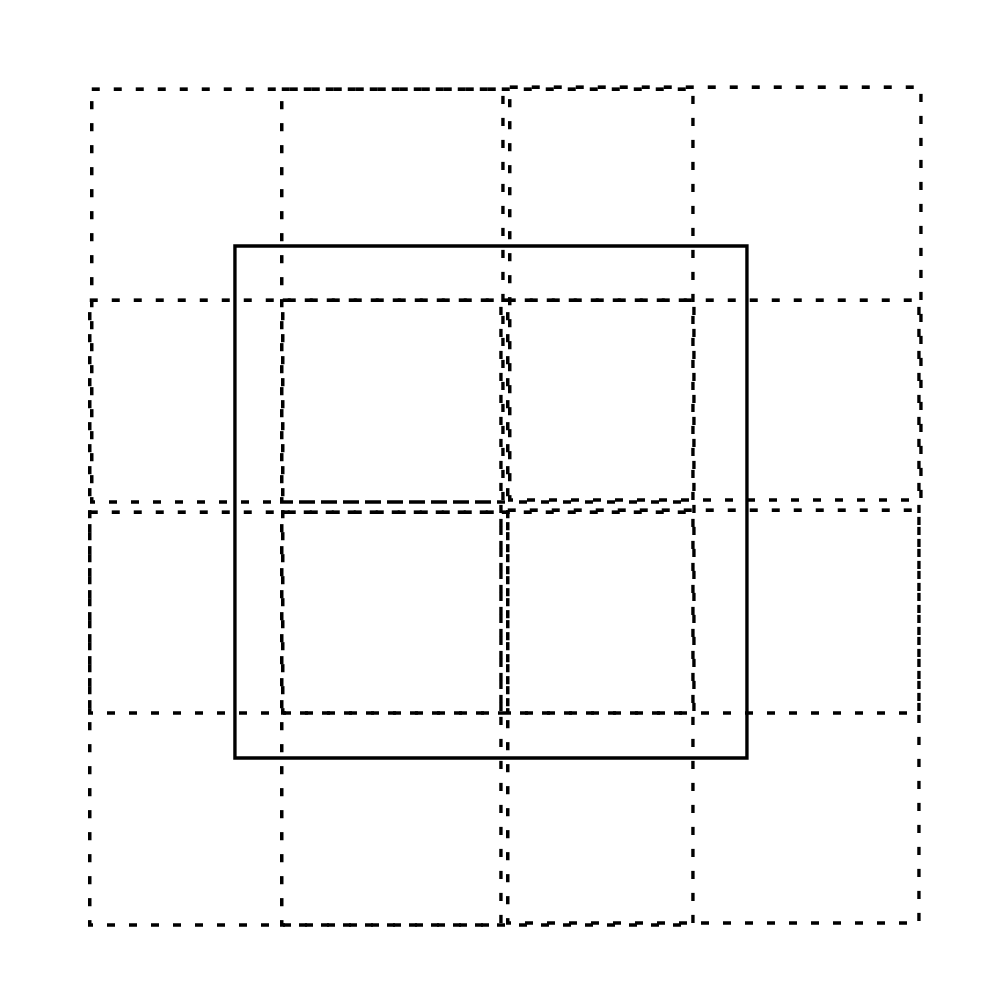 |
Variations on the Black Square The pattern scheme with the center square, the 4 edge and the 4 border squares. |
3.3 The 31 Image Results
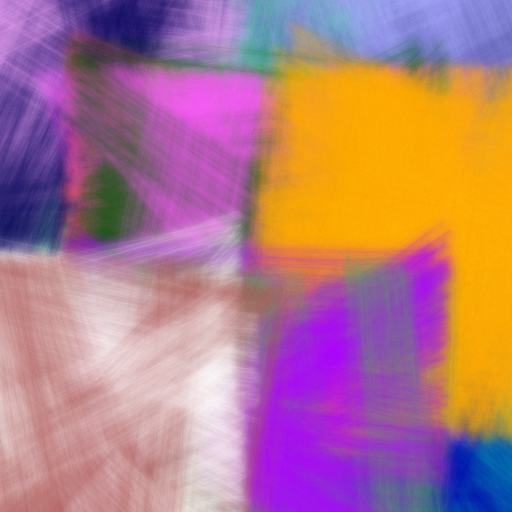 |
 |
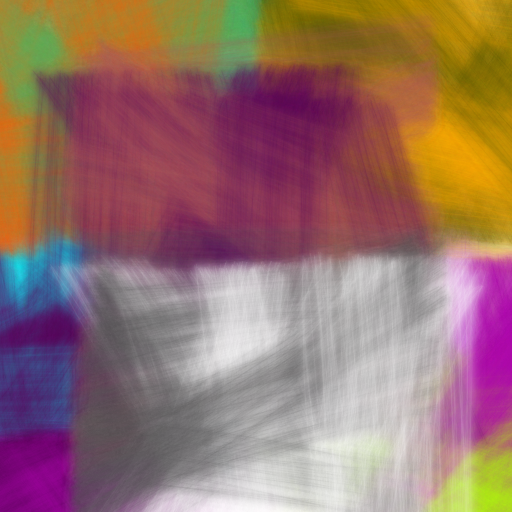 |
 |
 |
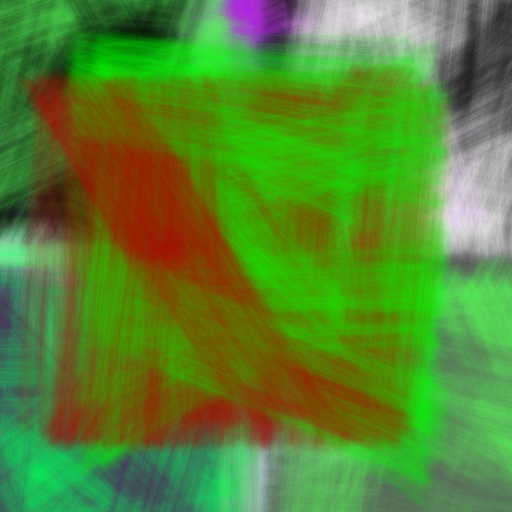 |
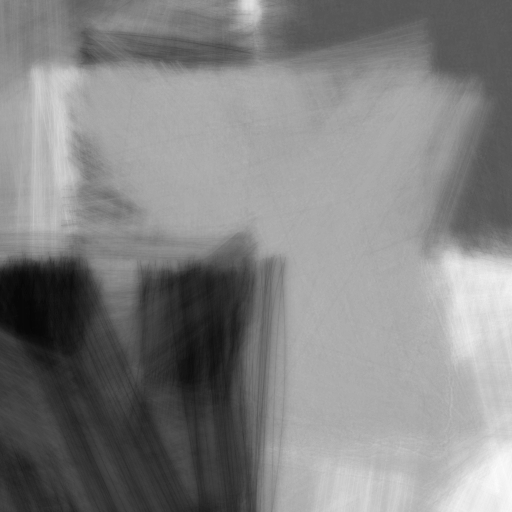 |
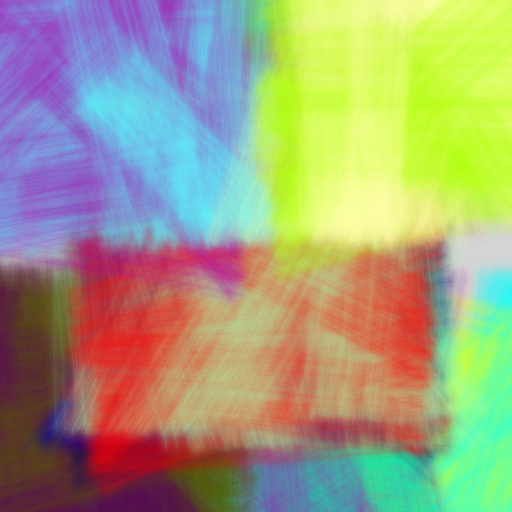 |
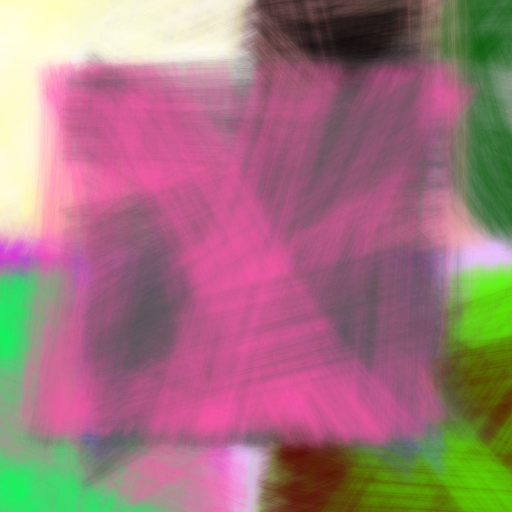 |
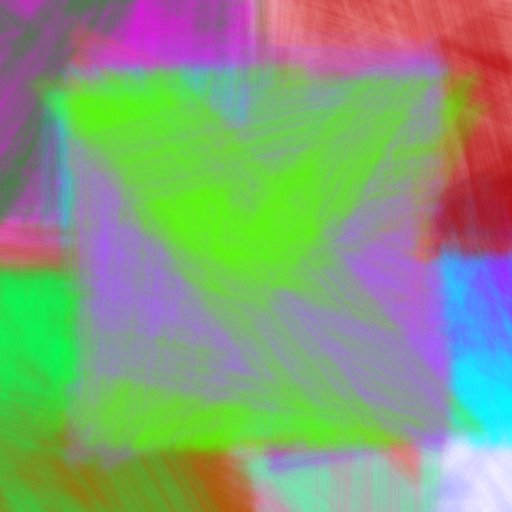 |
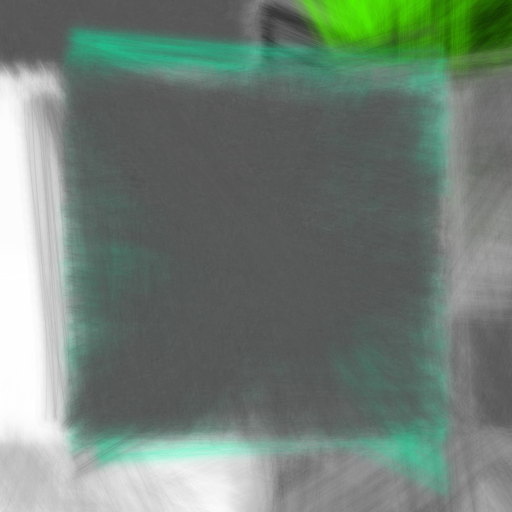 |
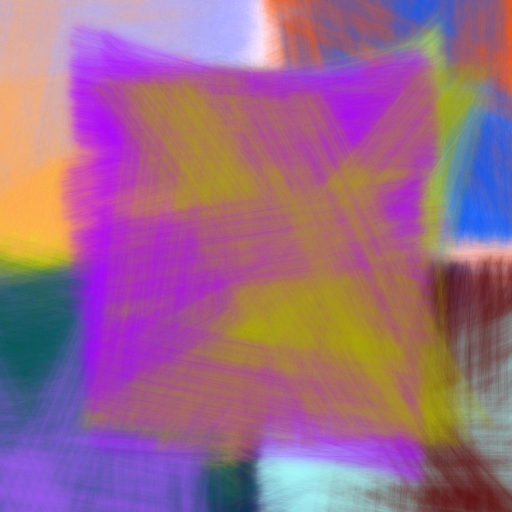 |
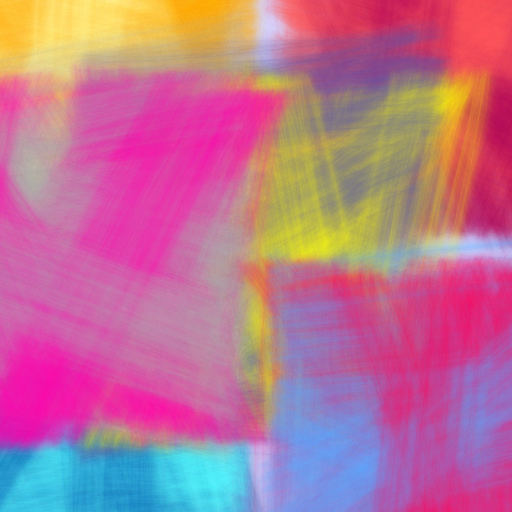 |
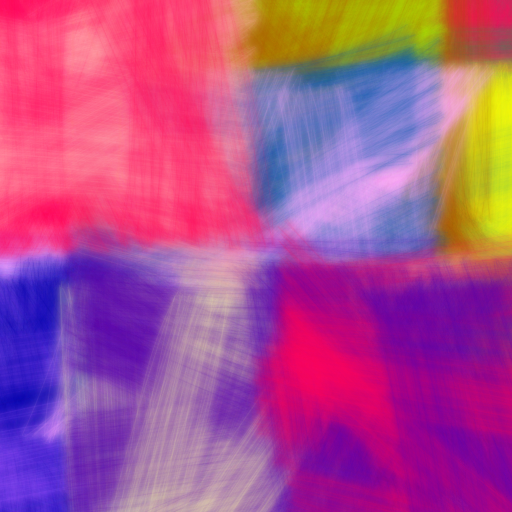 |
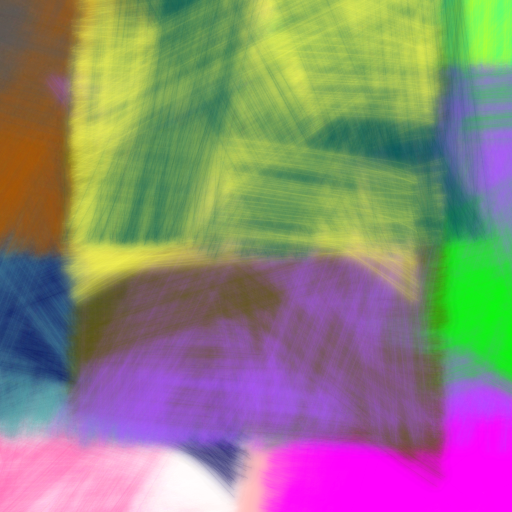 |
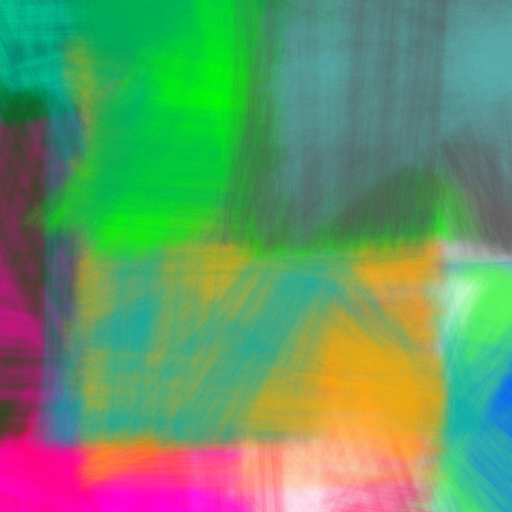 |
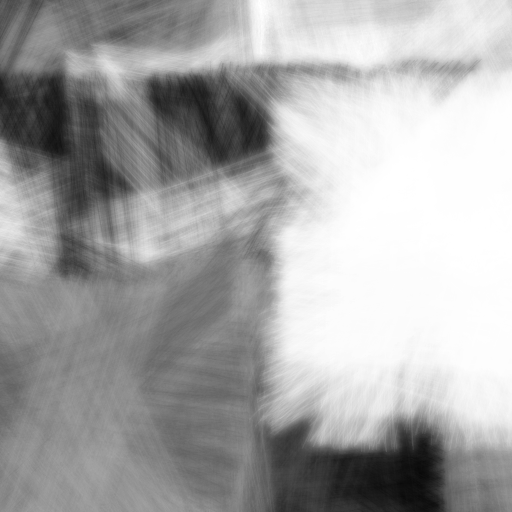 |
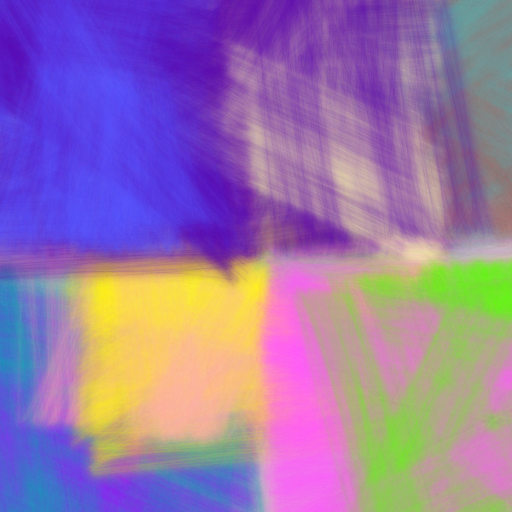 |
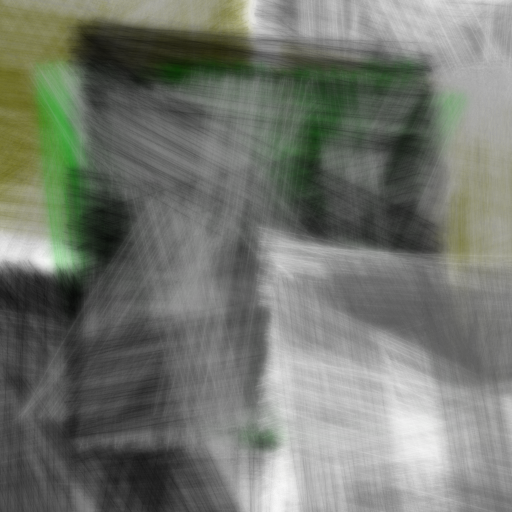 |
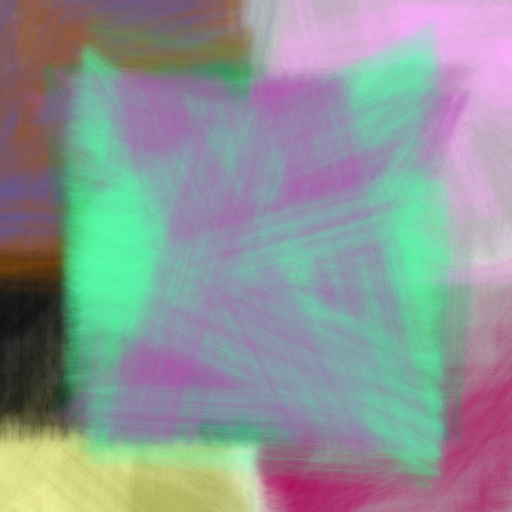 |
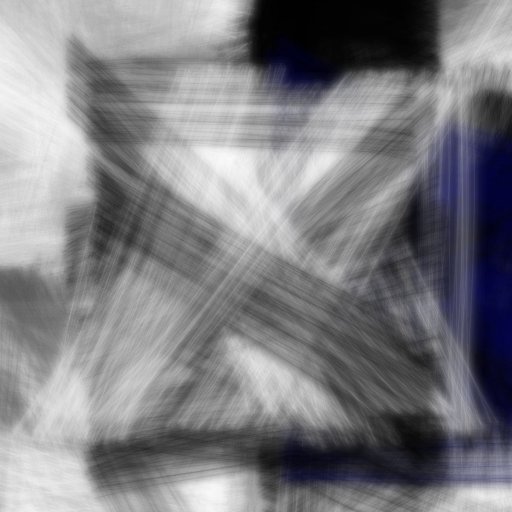 |
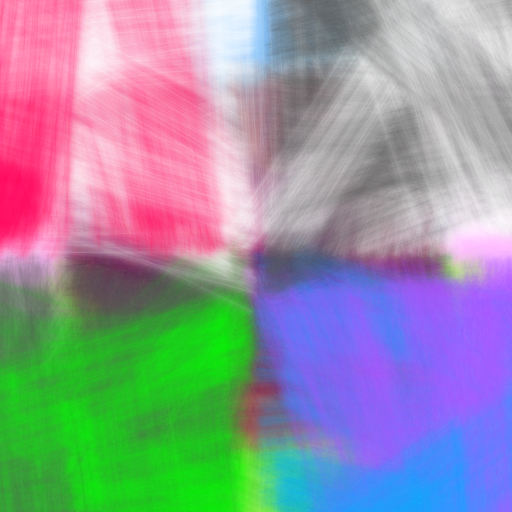 |
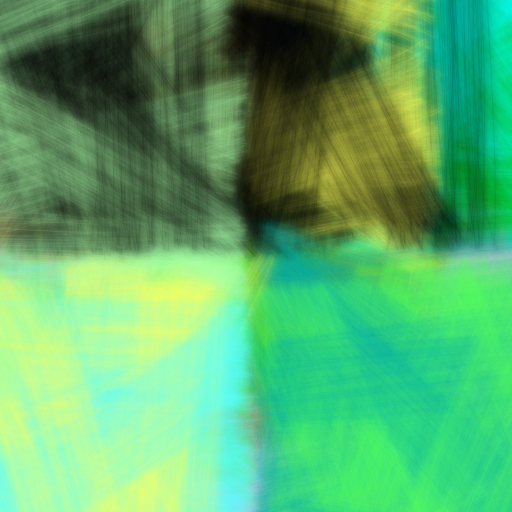 |
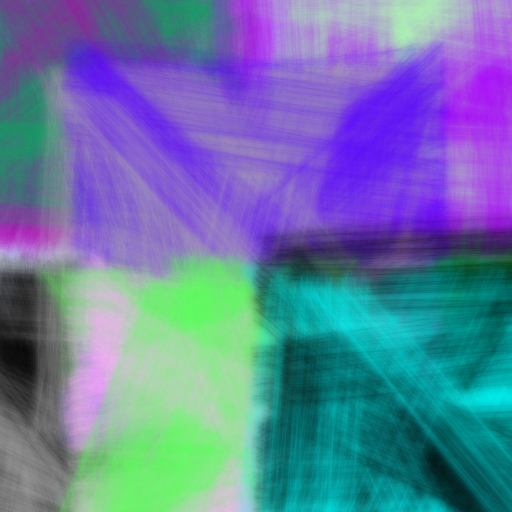 |
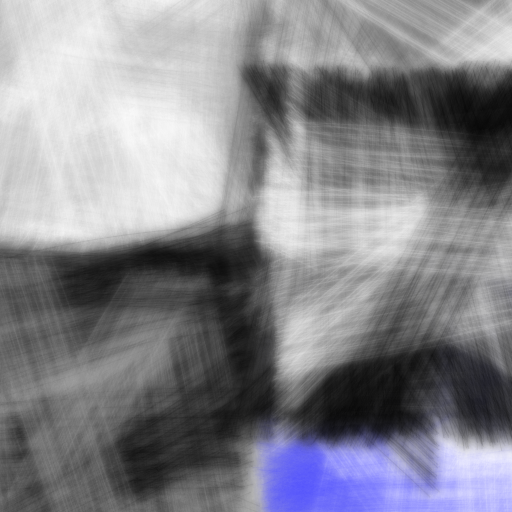 |
 |
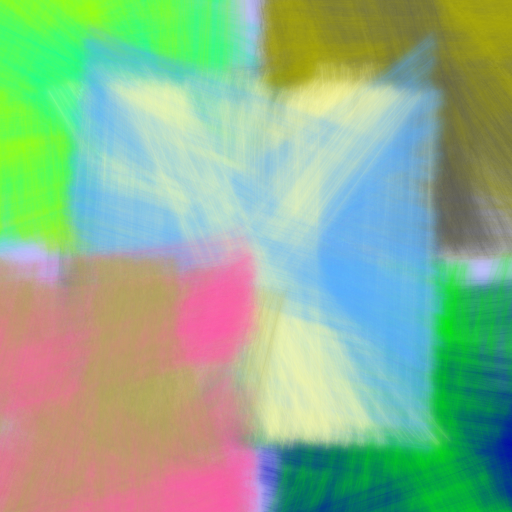 |
 |
 |
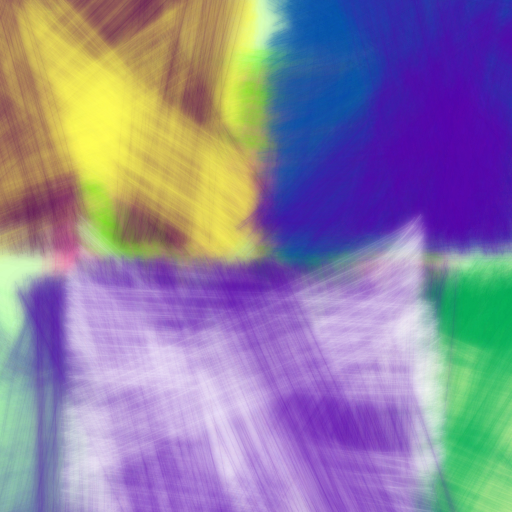 |
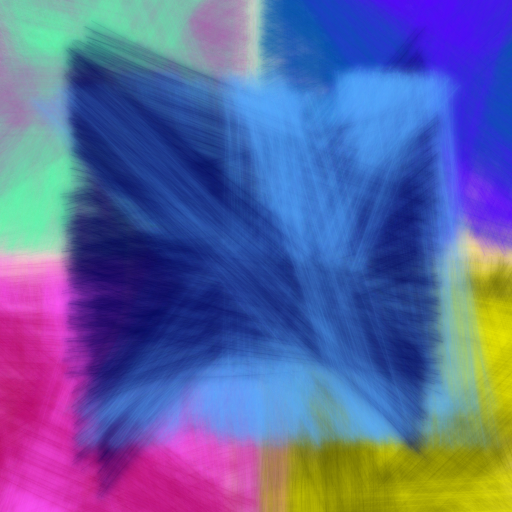 |
The 31 variations of the centered not neccessarilly black sqaure, which might be not visible. | lieschen mueller | © 2019 |
4 Eight rectangles on Two halfs
36 image results
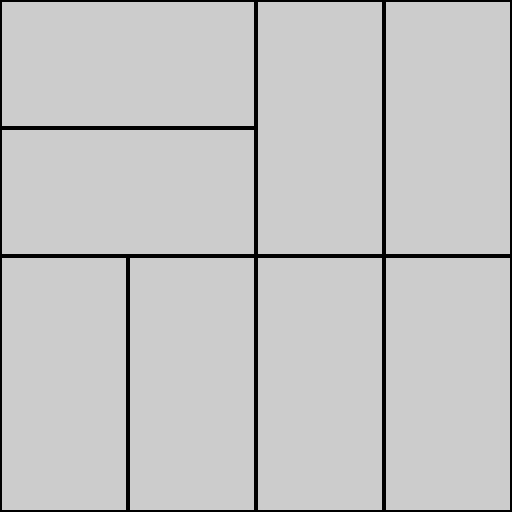 |
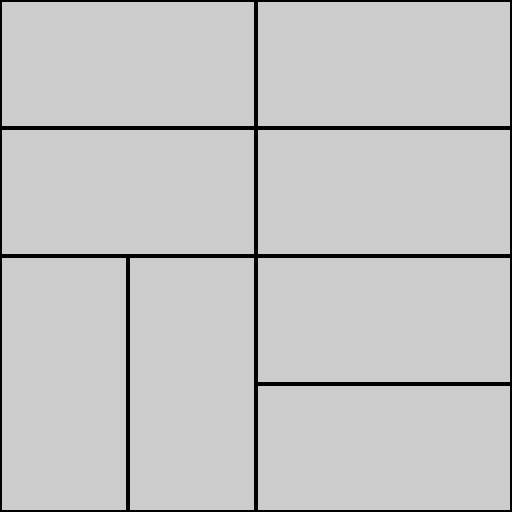 |
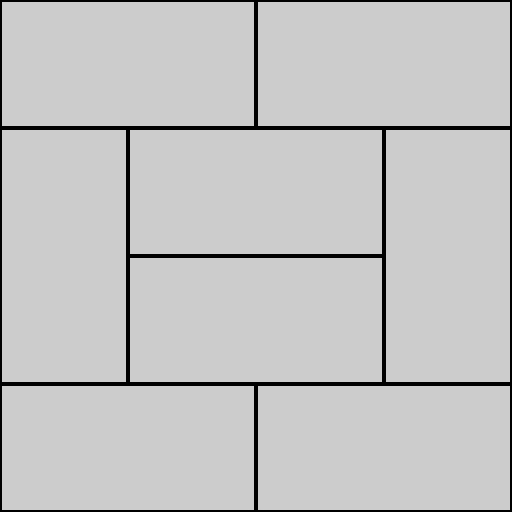 |
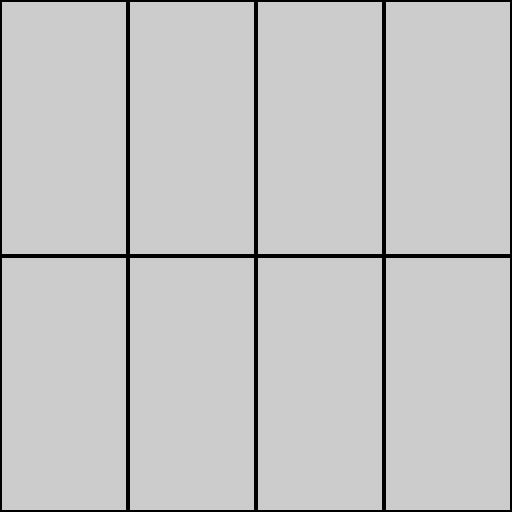 |
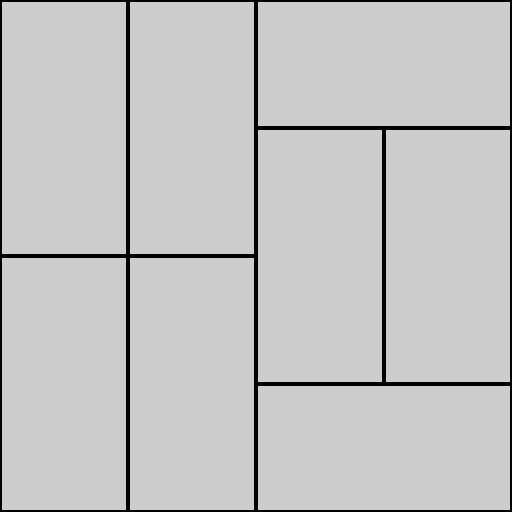 |
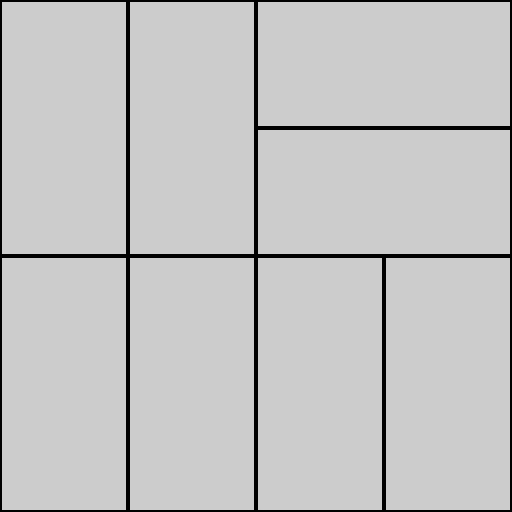 |
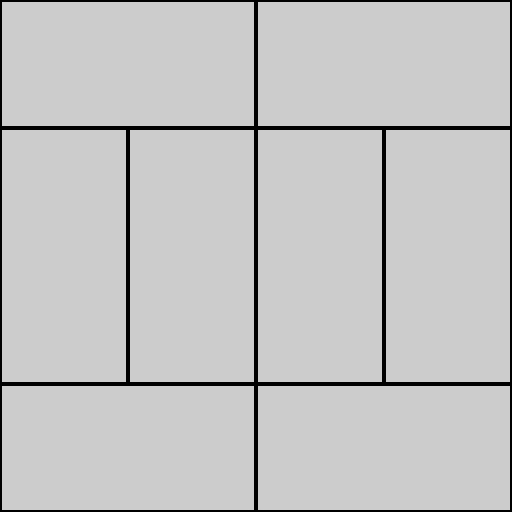 |
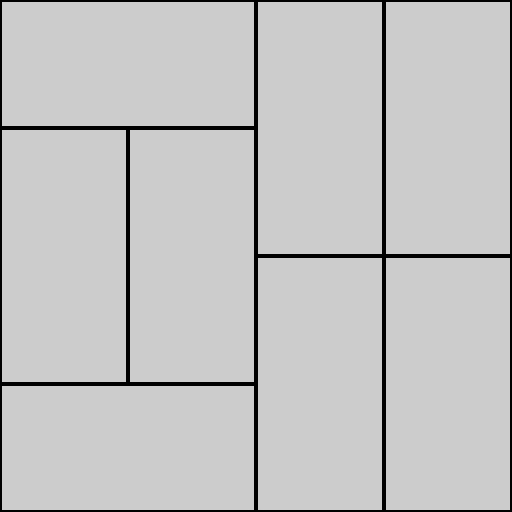 |
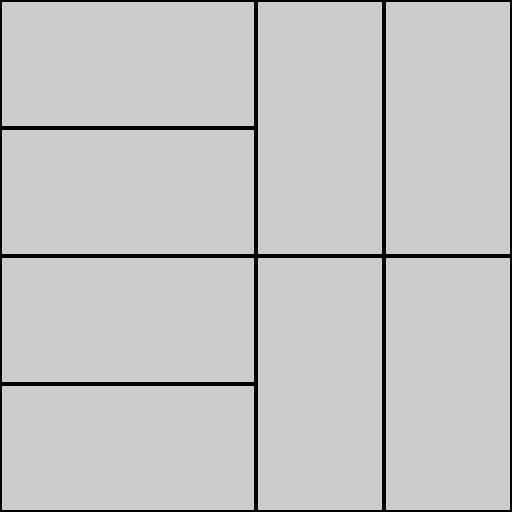 |
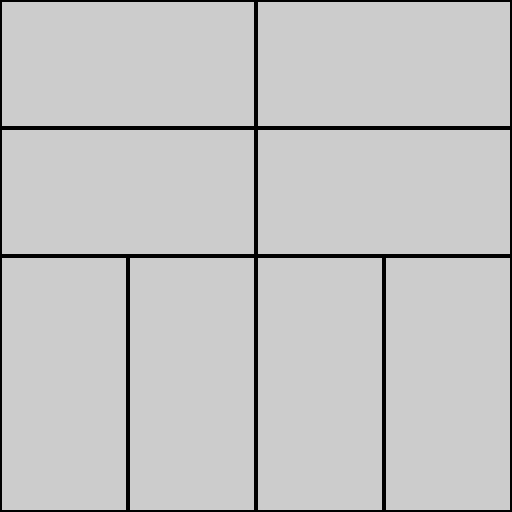 |
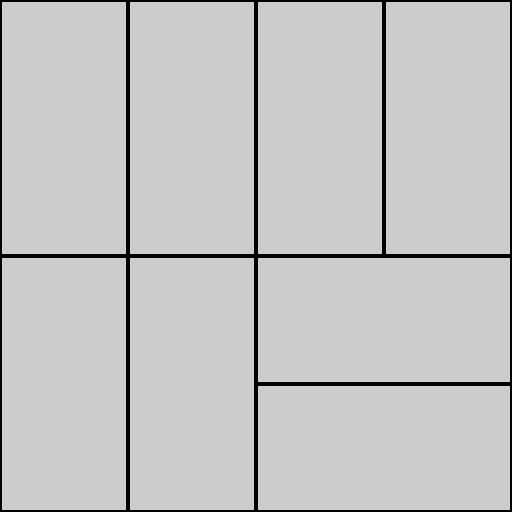 |
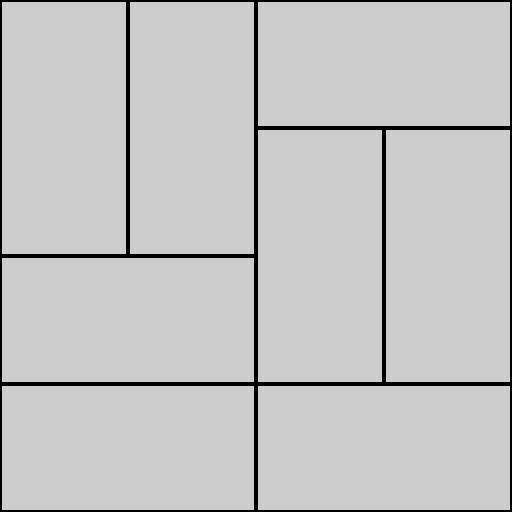 |
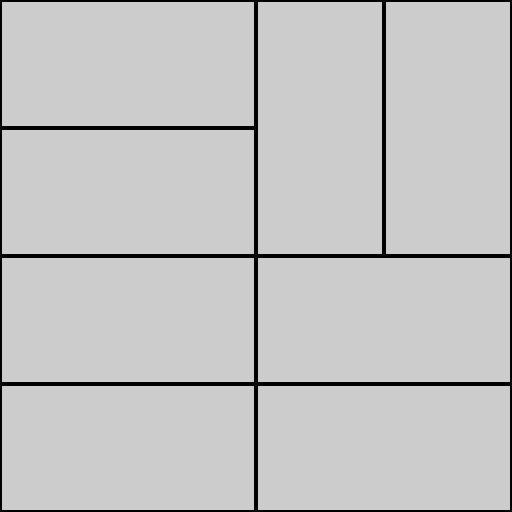 |
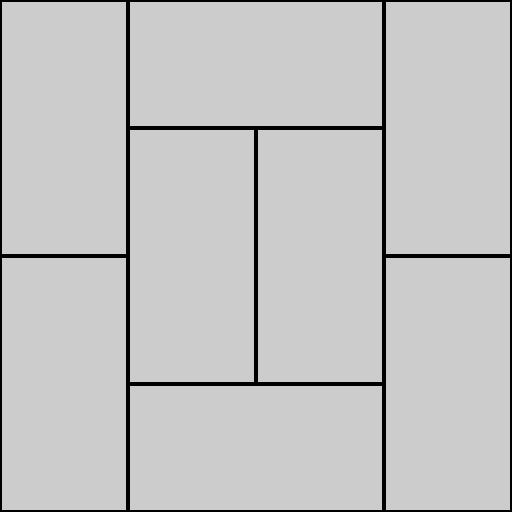 |
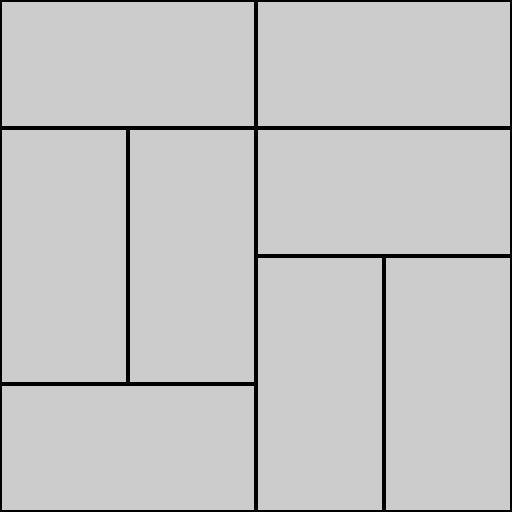 |
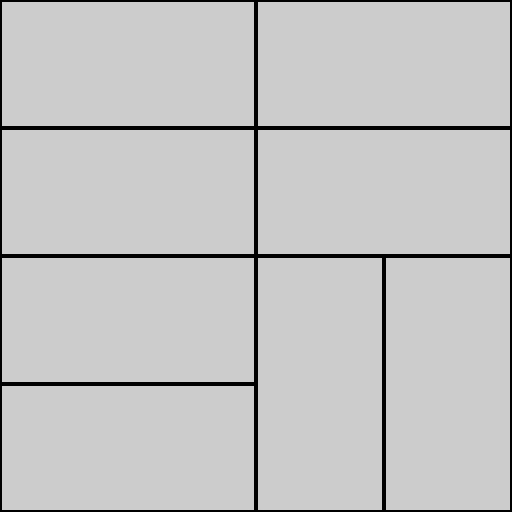 |
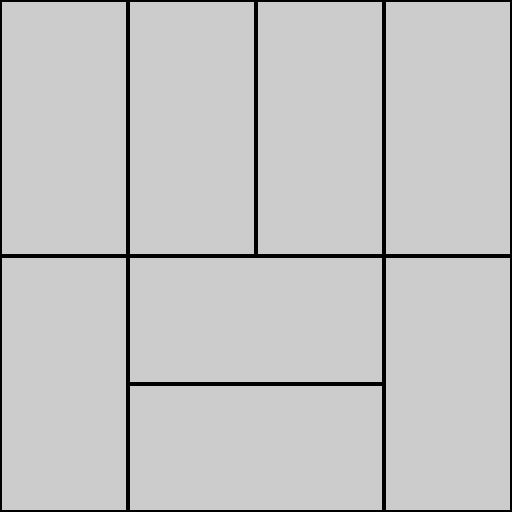 |
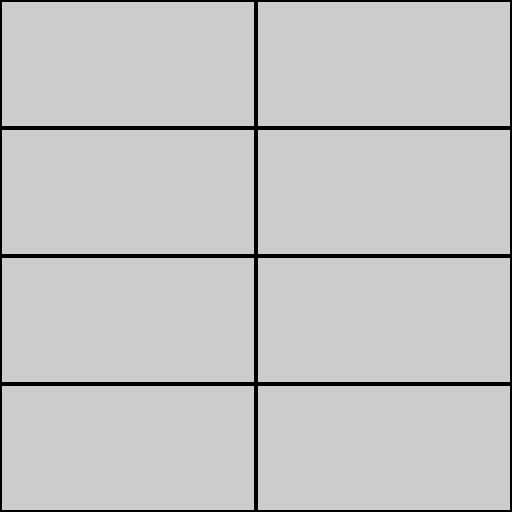 |
 |
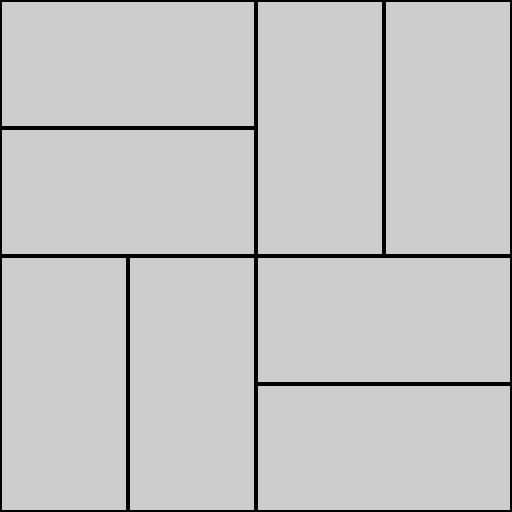 |
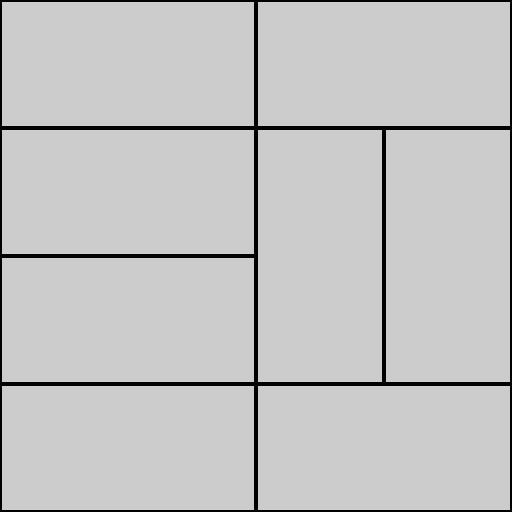 |
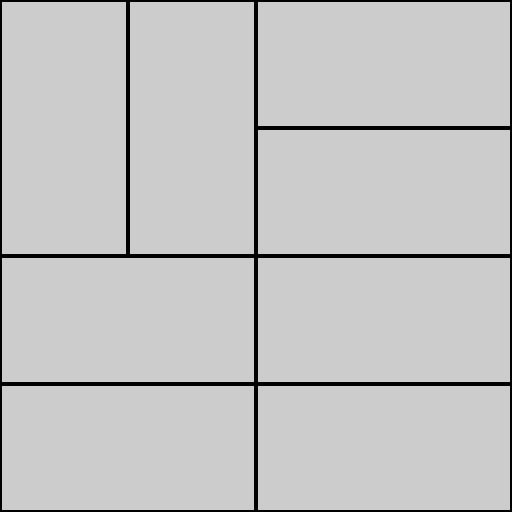 |
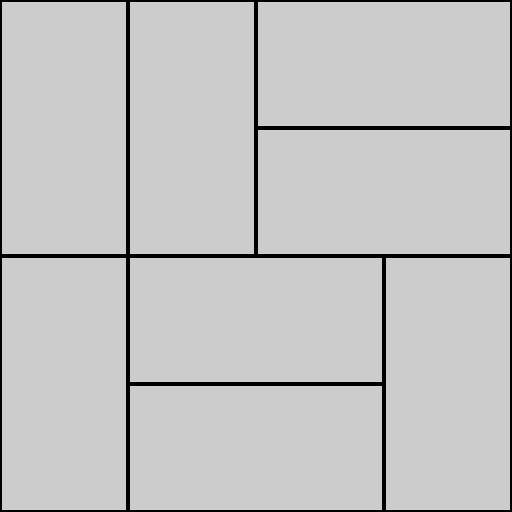 |
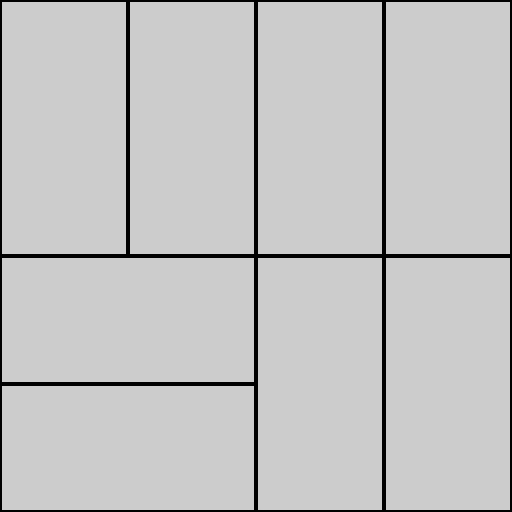 |
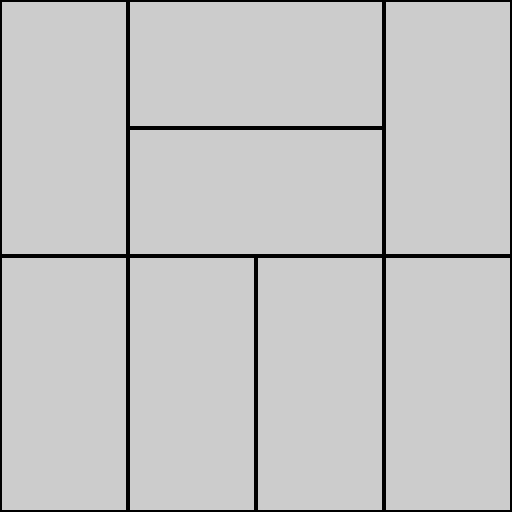 |
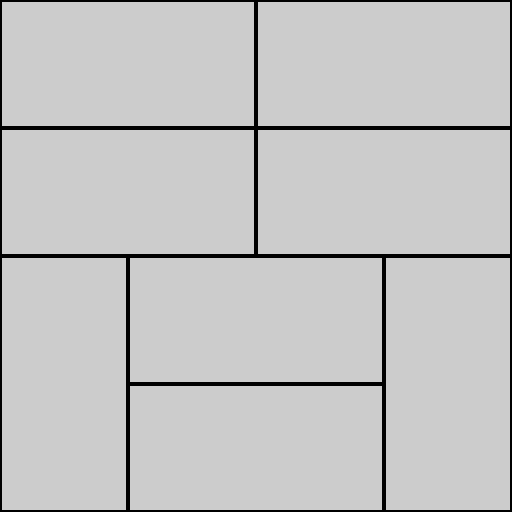 |
 |
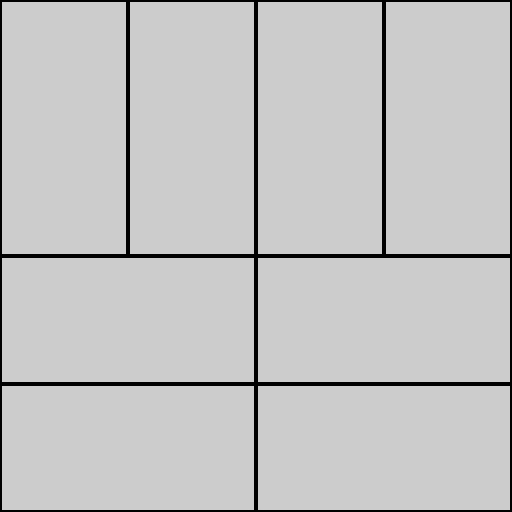 |
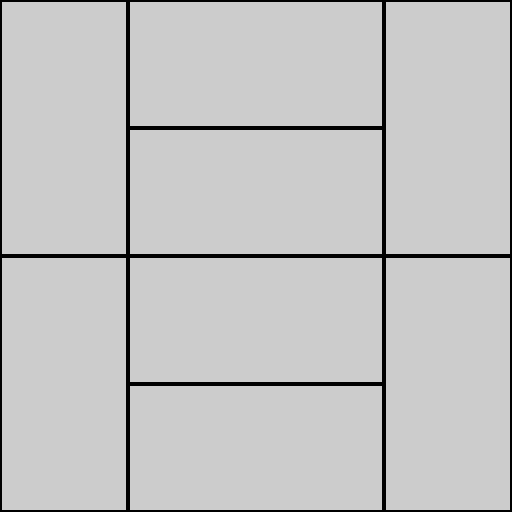 |
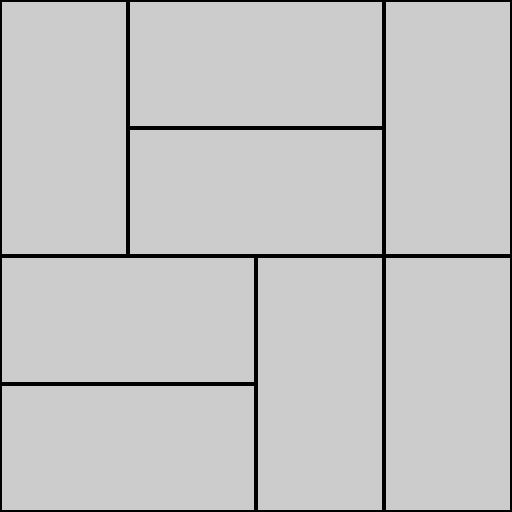 |
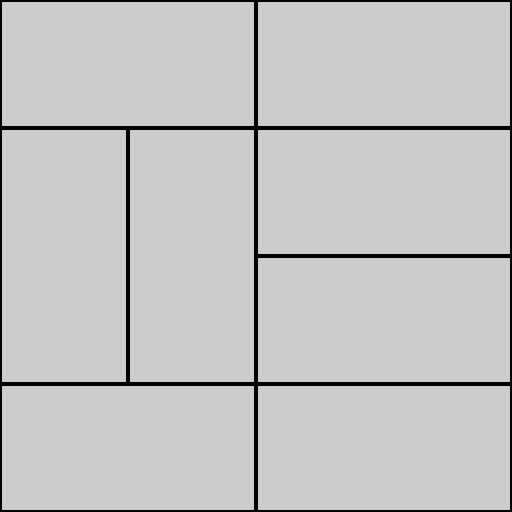 |
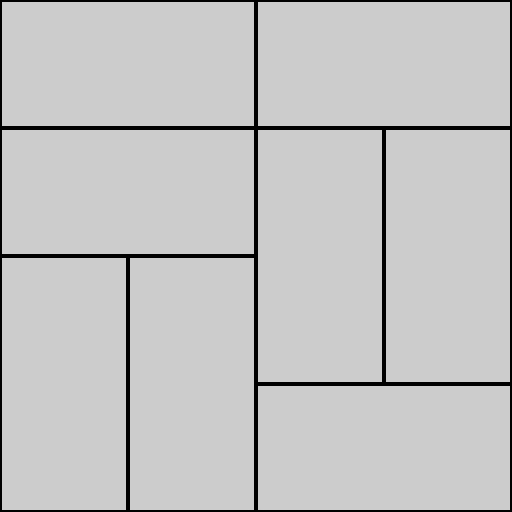 |
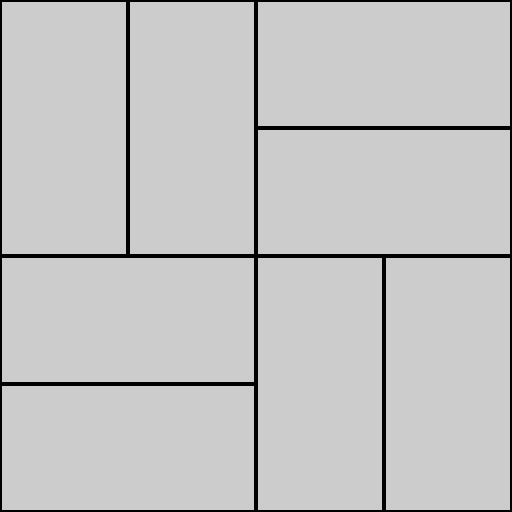 |
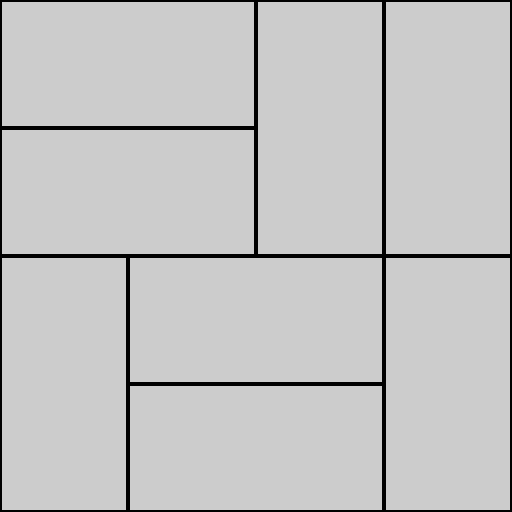 |
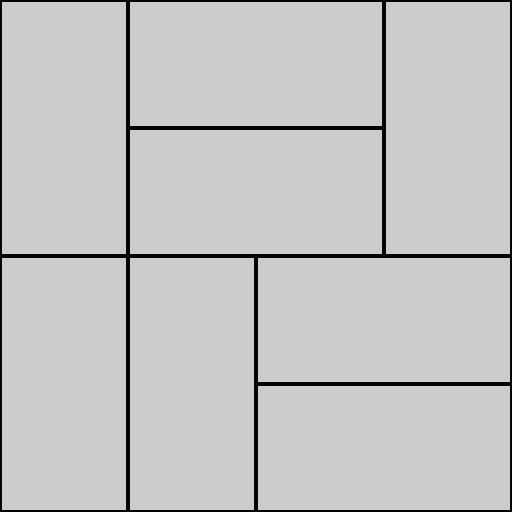 |
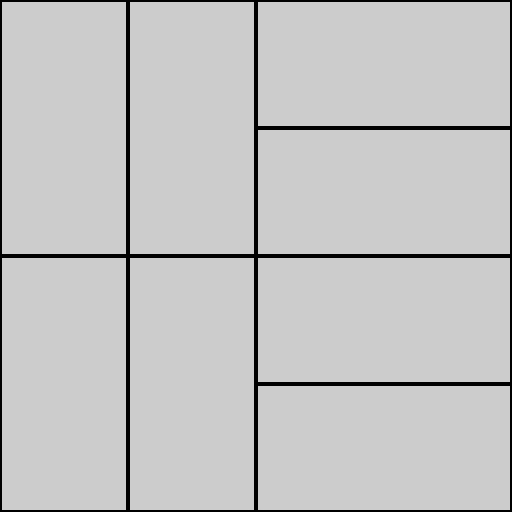 |
| The shema of the 36 cases | lieschen mueller | © 2019 |
| All final 36 images based on this text | lieschen mueller | © 2019 | |||
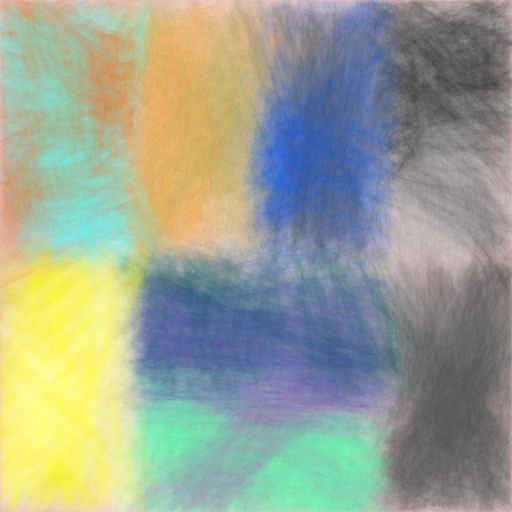 |
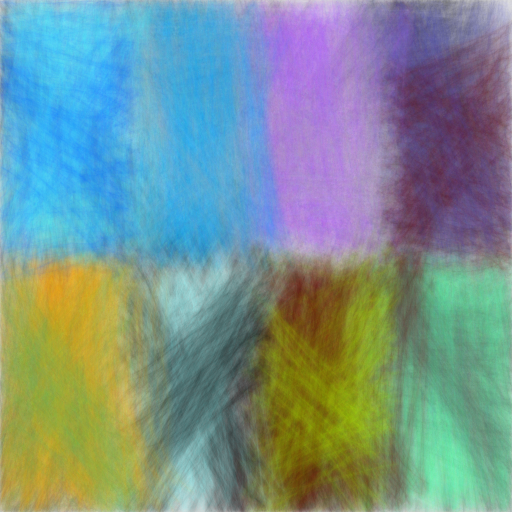 |
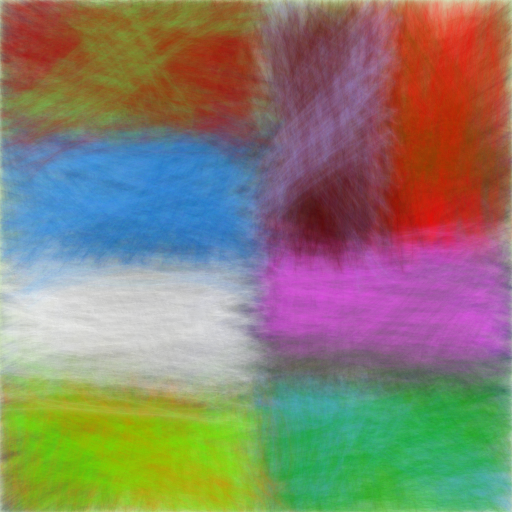 |
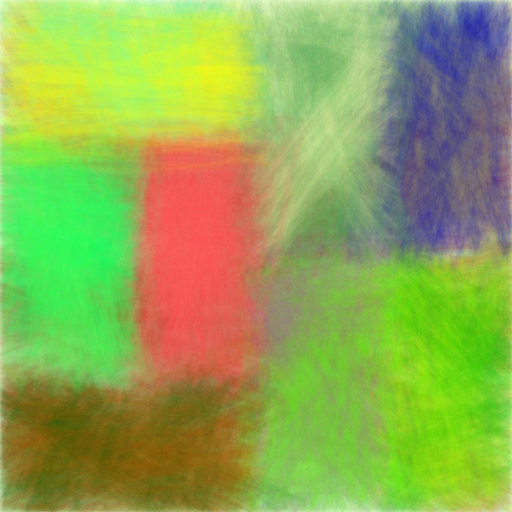 |
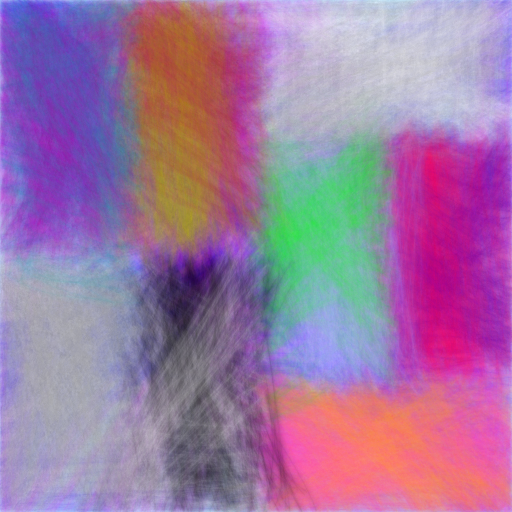 |
 |
 |
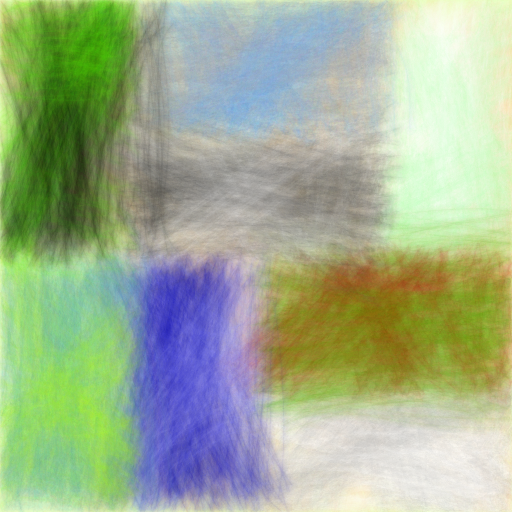 |
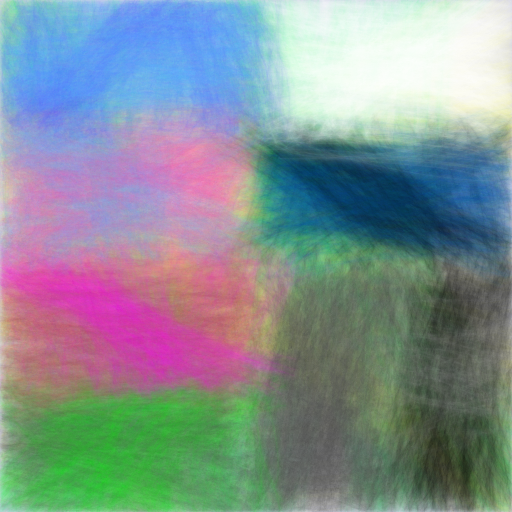 |
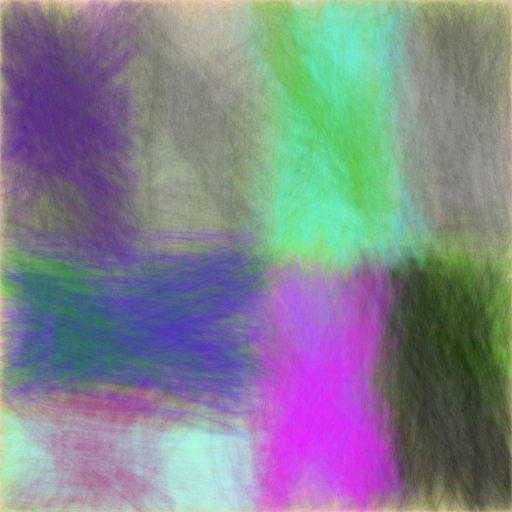 |
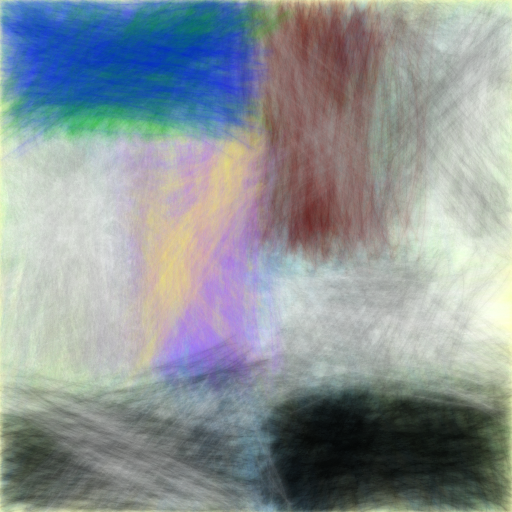 |
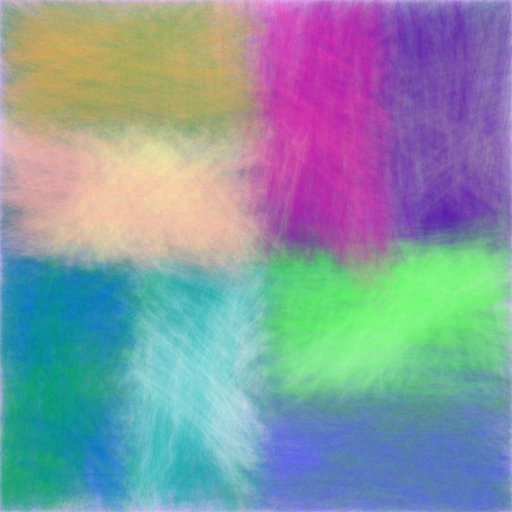 |
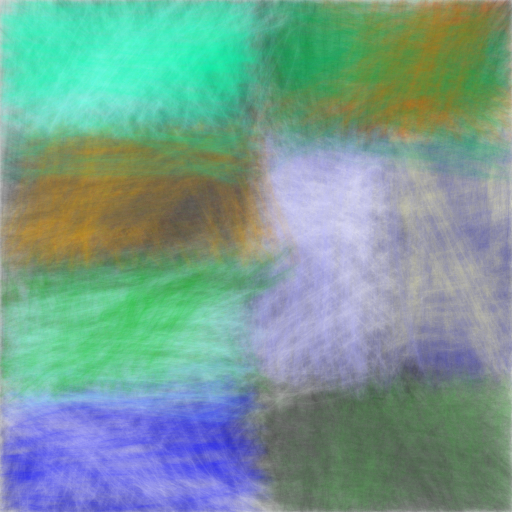 |
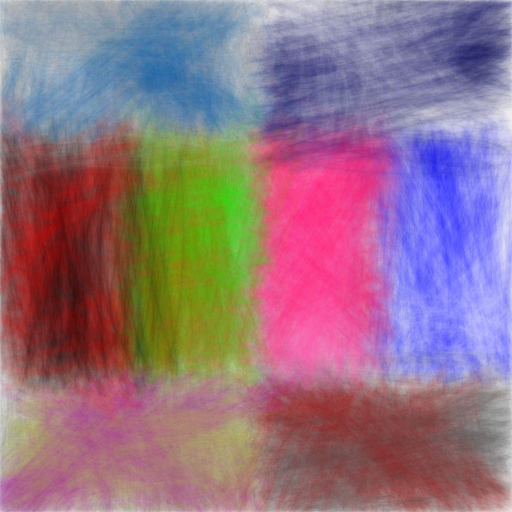 |
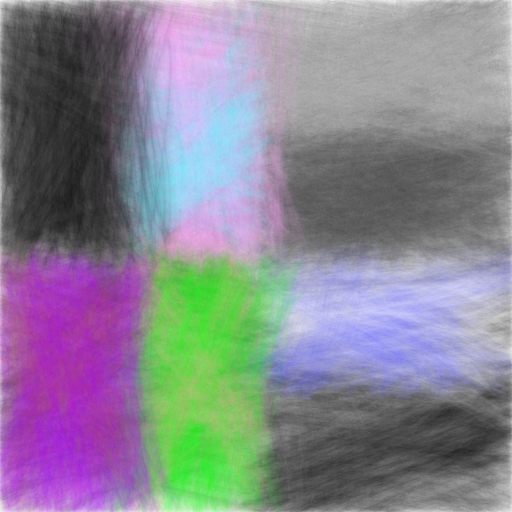 |
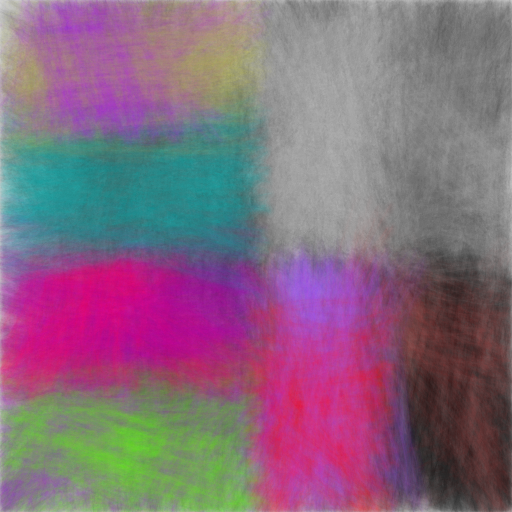 |
 |
 |
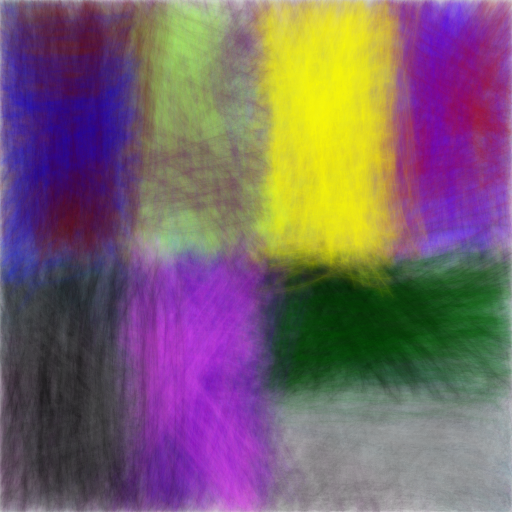 |
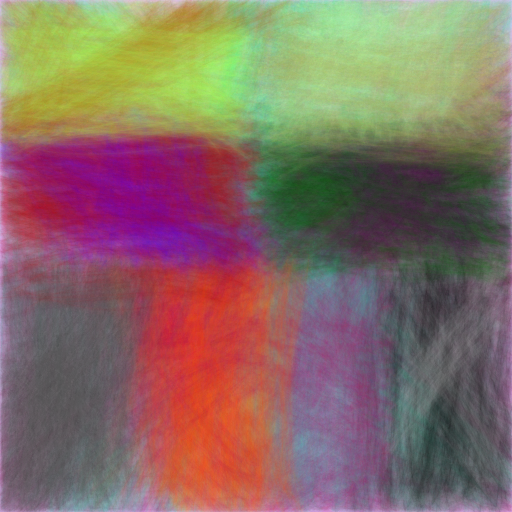 |
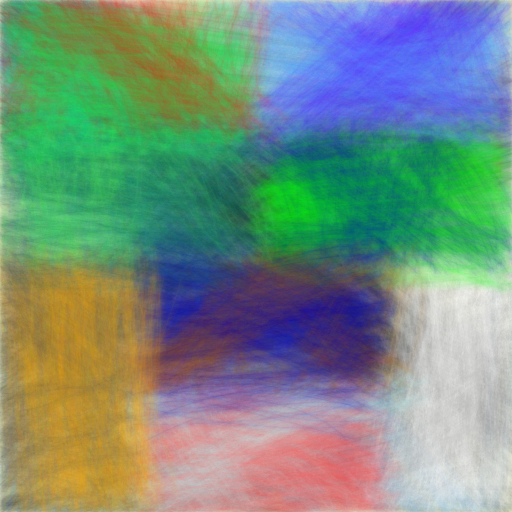 |
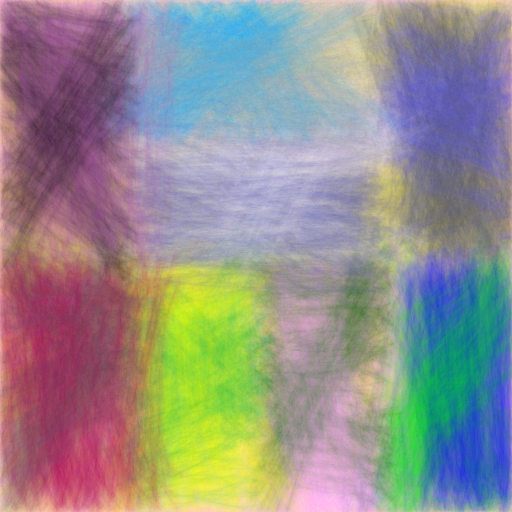 |
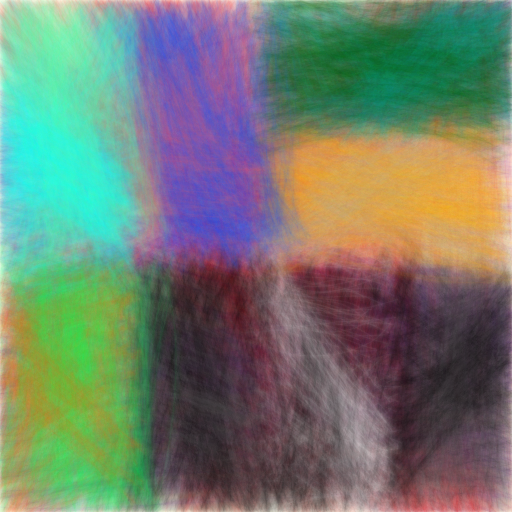 |
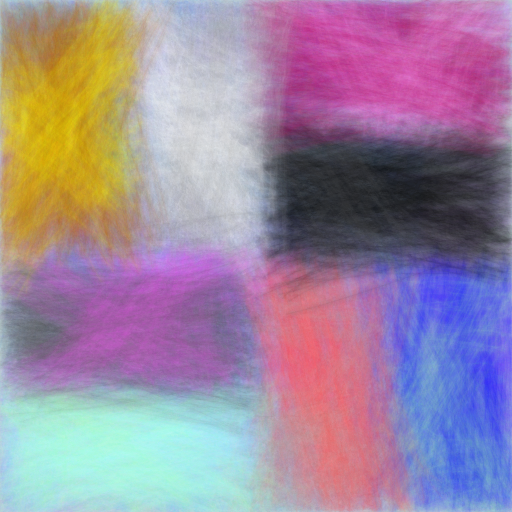 |
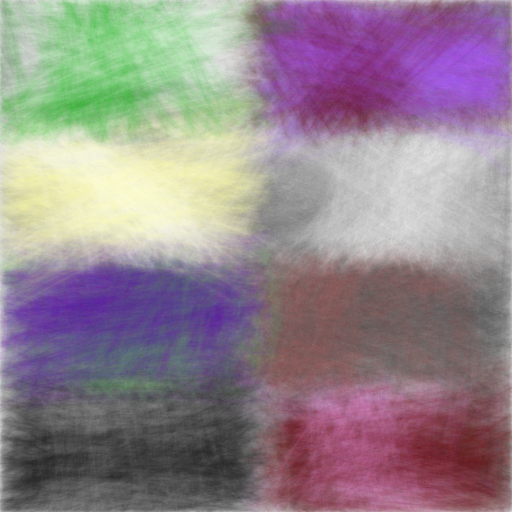 |
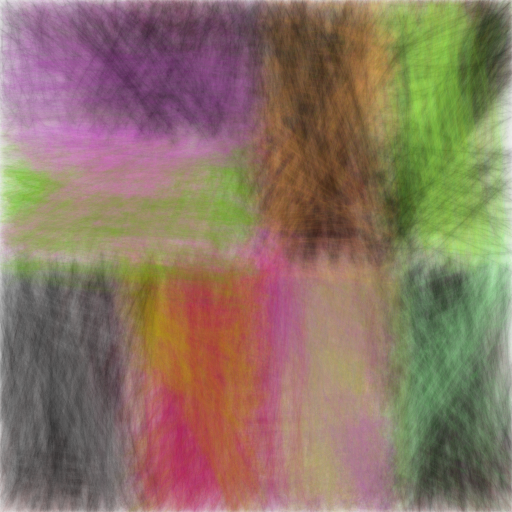 |
 |
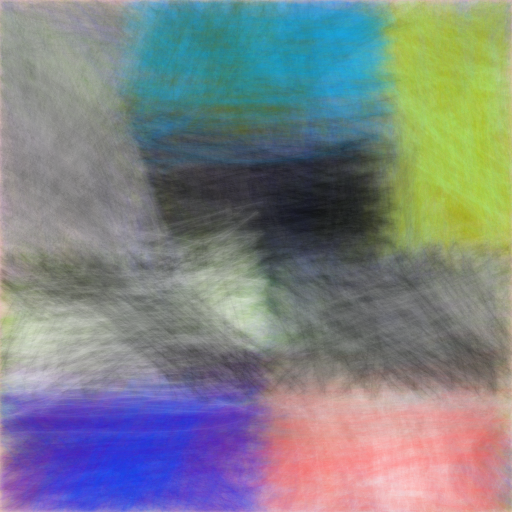 |
 |
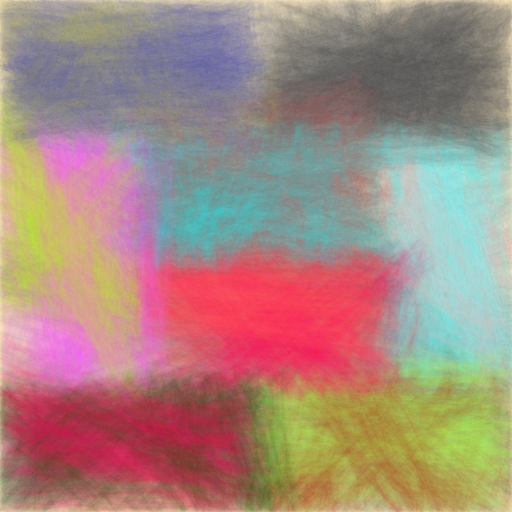 |
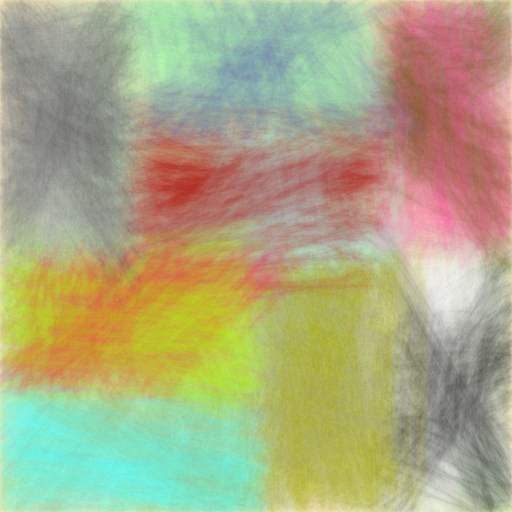 |
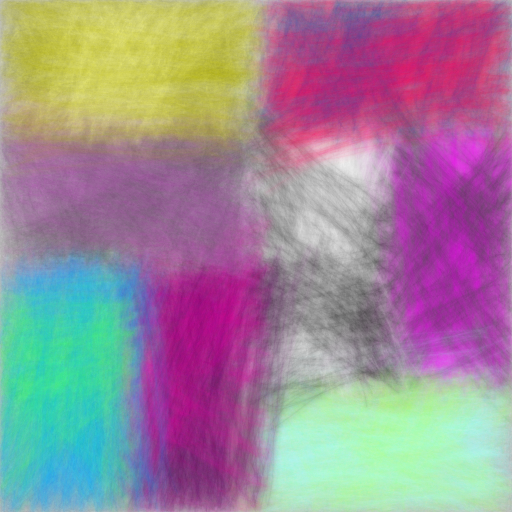 |
 |
 |
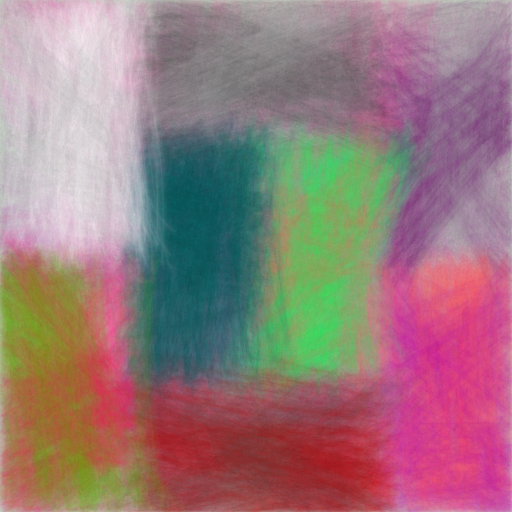 |
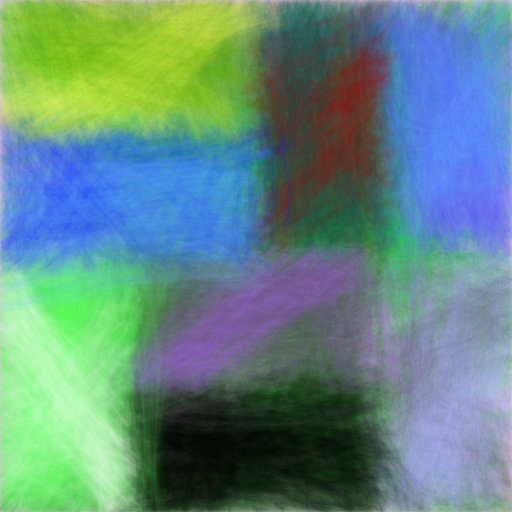 |
5 rectangles over vertical and horizontal lines
5.1 The rules for the rectangles
Each rectangle build of two squares. The width or the height is the double of the height or the width. Each square is the sixteenth part of the image square, so each rectangle is a eighth part of the image.
The image square should be covered with a possible amount of rectangles, but the rectangles are not allowed to touch a side of other rectangles or overlap with them.
Rectangles can have either a vertical or horizontal orientation.
The positions of the rectangles may vary based on a grid.
The grid is for vertical orientated rectangles divided in 8 vertical and 4 horizontal stripes, for horizontal ones vice versa.
Rectangles must always be completely inside the image square. They are not allowed to overlap.
To end the process of filling, the image square must be filled with as many rectangles as possible.
Certain figures will not appear:
Image squares with more than four rectangles.
Image squares with only one rectangle.
Valid are figures with rectangles touching each other by edges, but not by the side.
overview of all figures
Numbers 7 x 3 x 2
For each direction only 84 figures.
Finally result is 541 figures.
5.2 The Visible Grid: vertical and horizontal lines
6 Free Straight Strokes
| lieschen mueller | © January, February 2020 | ||
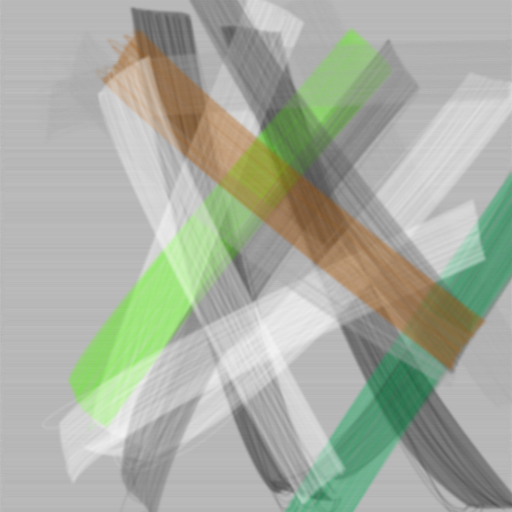 |
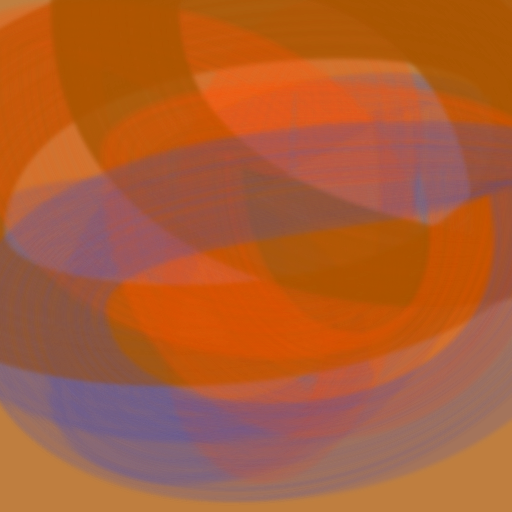 |
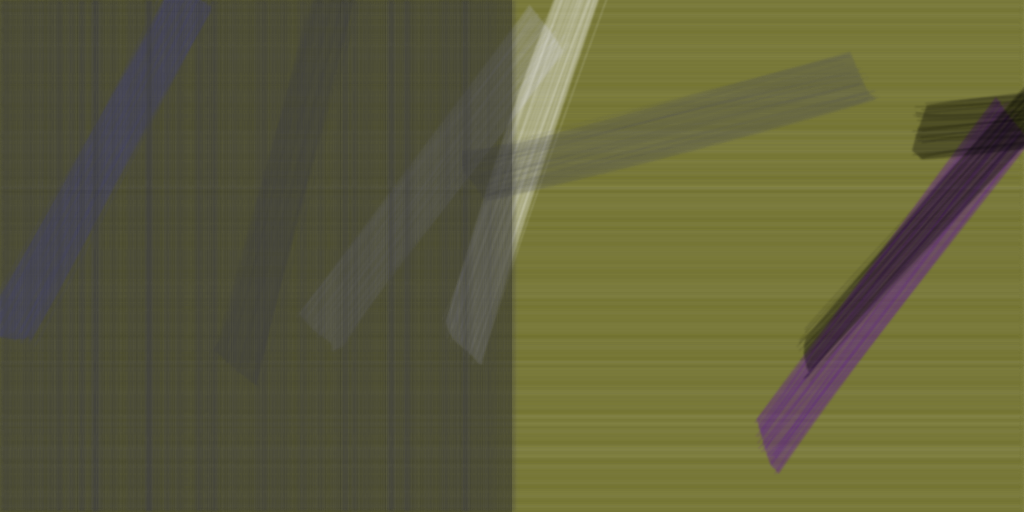 |
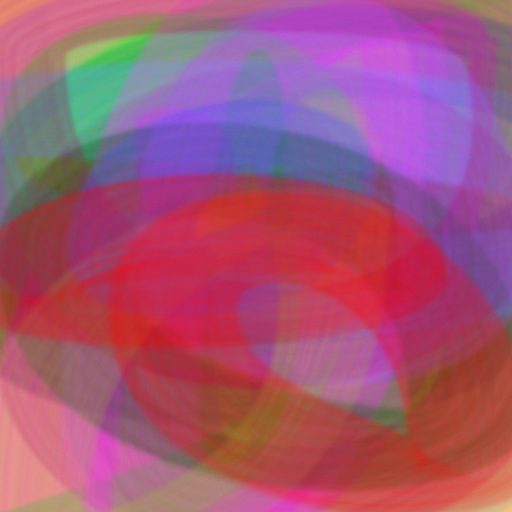 |
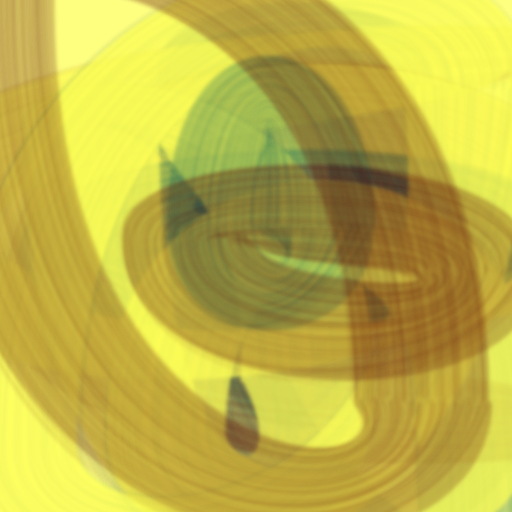 |
 |
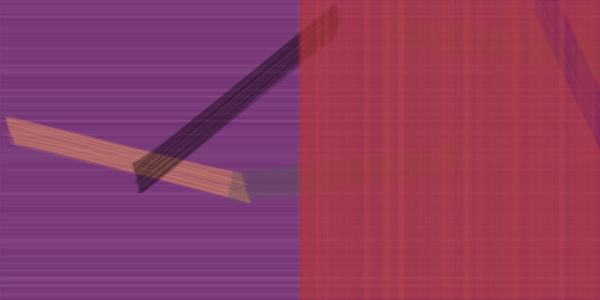 |
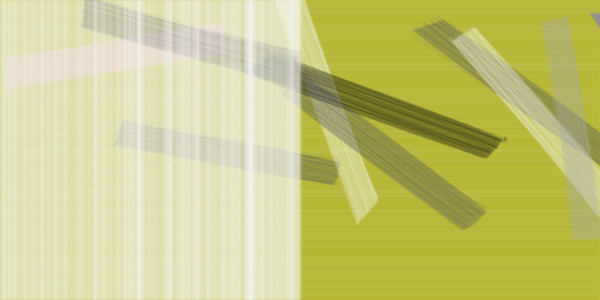 |
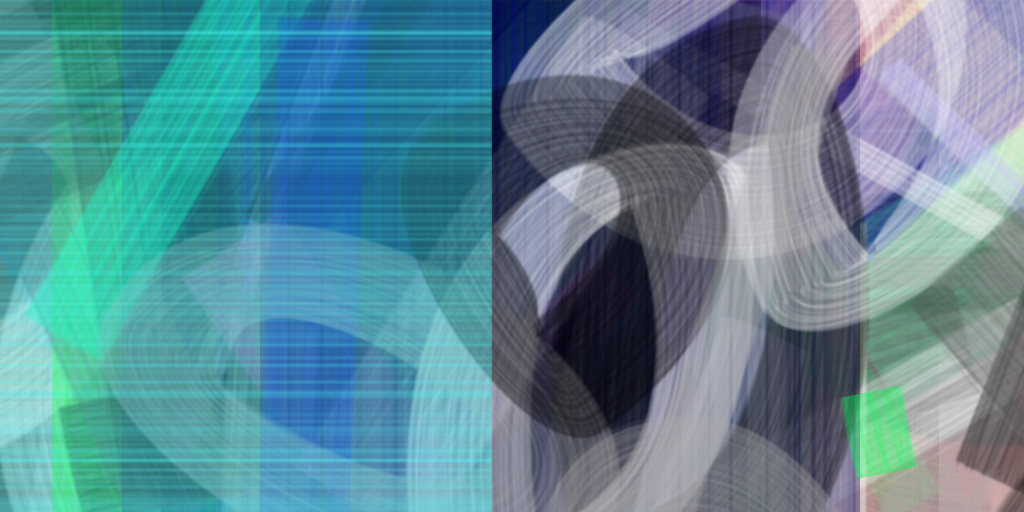 |
animation of stills of an experimental movie |
7 Animation Movie Experiments
1000 Brush Strokes 2020-02-02
Demo of endless informal video stream
brush strokes from left to right to left, with circles and random strokes
Scratches, scrapes, strokes and strikes
Sources
Formalism
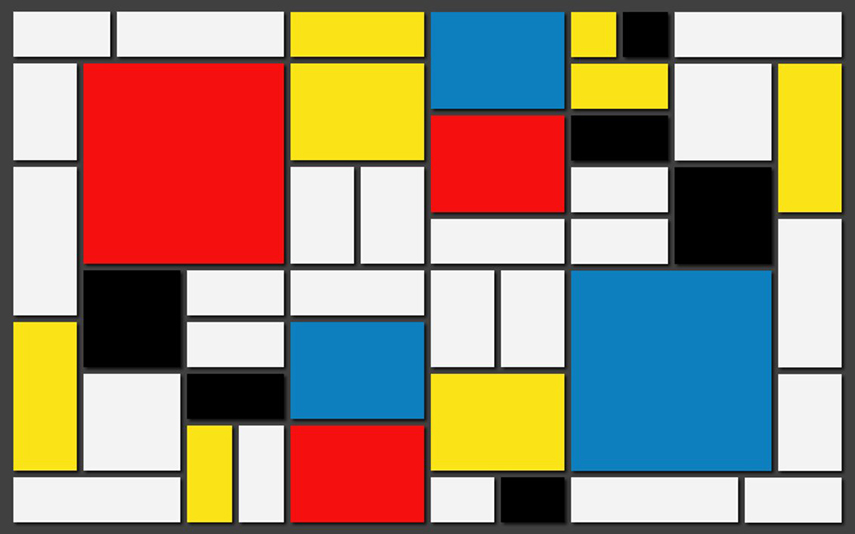
In art history, formalism is the study of art by analysing and comparing form and style. Its discussion also includes the way objects are made and their purely visual or material aspects.
The Expressiveness of Form - Formalism in Art
https://www.widewalls.ch/formalism-in-art/
The Formal Elements in Art. The Formal Elements are the parts used to make a piece of artwork. The art elements are line, shape, form, tone, texture, pattern, colour and composition.
Formalism (literature)Formalism (music)Progressive music- Abstract expressionism
- Josef Albers, Piet Mondrian, Kazimir Malevich, Hilma Af Klimt
Hard-edge paintingColor field painting- Minimalism
- Signals, Systems, Conceptual Art
Lyrical AbstractionPost-modernismGeometric abstractionOp ArtElements of art
The In Betweens
- Kandinsky, Jackson Pollock, Lee Krasner, Miro, Jean Arp(?)
Informalism
https://en.wikipedia.org/wiki/Arte_Informale
Informalism or Art Informel is a pictorial movement that includes all the abstract and gestural tendencies that developed in France and the rest of Europe during the World War II parallel to American abstract expressionism. Several distinguishing trends are identified within the movement such as lyrical abstraction, matter painting, New Paris School, tachisme and art brut. The French art critic Michel Tapié coined the term “art autre” (other art) in the homonymous book in 1952 in relation to non-geometric abstract art. This movement has given way to New Informalism in the year 2000 in Chevry ll, in Gif sur Yvettes, France.
- Hans Hartung, Emilio Vedova, Henri Michaux, Georges Mathieu, Emil Schumacher (abstract expressionist)
- Lyrical Abstraction
- Art Brut, Tachism
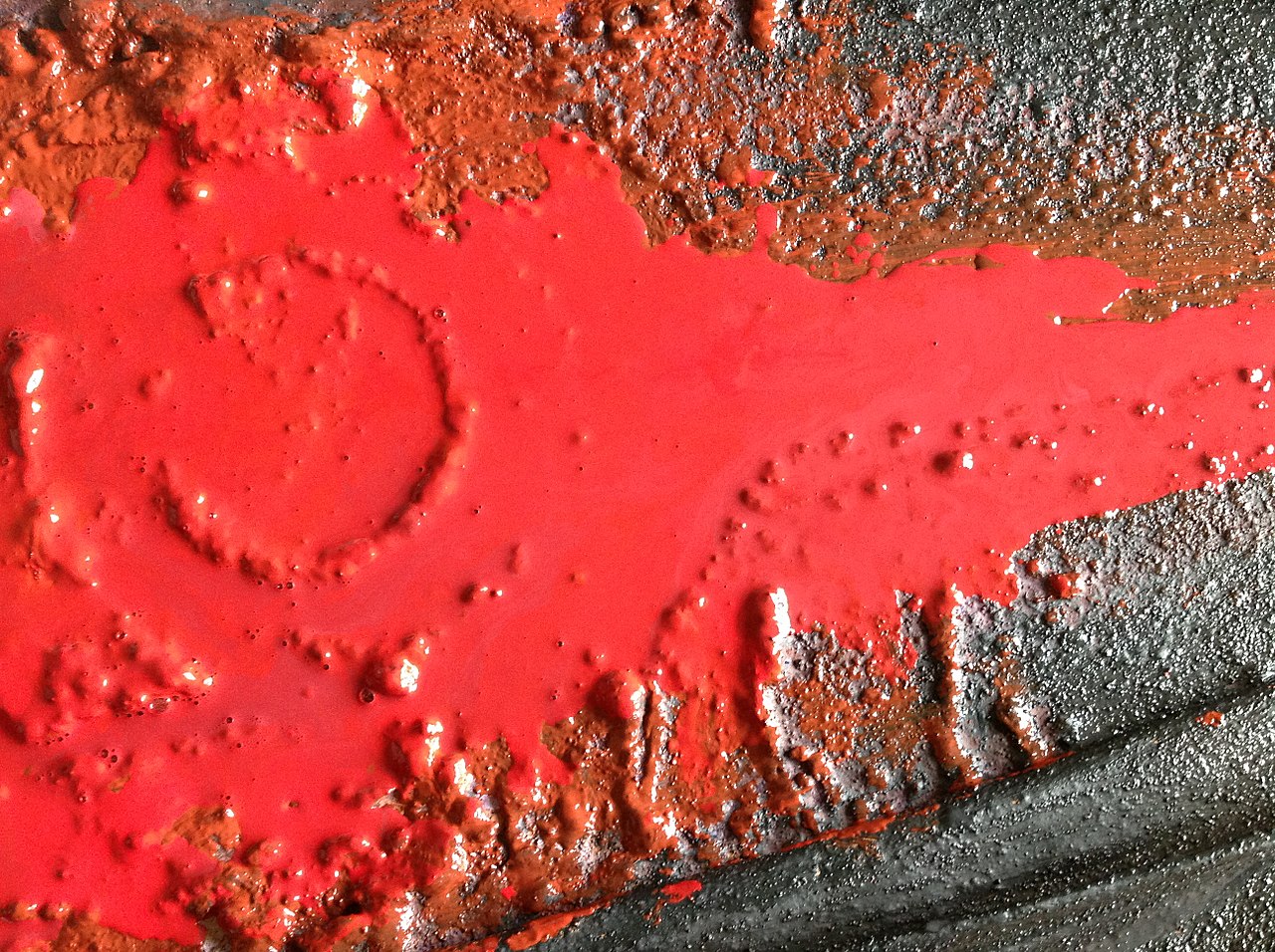
ART INFORMEL (Tate)
Art informel is a French term describing a swathe of approaches to abstract painting in the 1940s and 1950s which had in common an improvisatory methodology and highly gestural technique
https://en.wikipedia.org/wiki/Arte_Informale
http://mazzoleniart.com/elenco_espositori/leuropa-degli-informali/
Informal economy, wear, education/learning
Informality
Informality is an umbrella concept to refer to the social and cultural complexity associated with non-transparency of social phenomena for the outsiders.
Generator List and Thoughts A Library For Images Coloured Frames Navigation